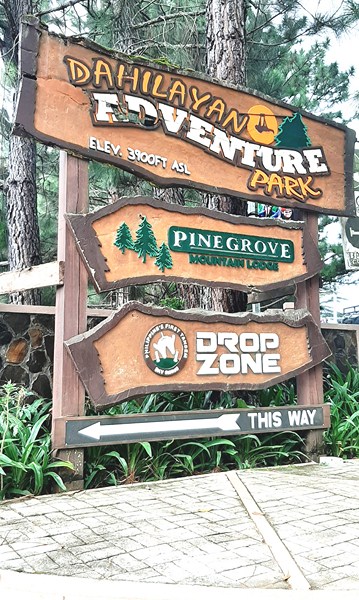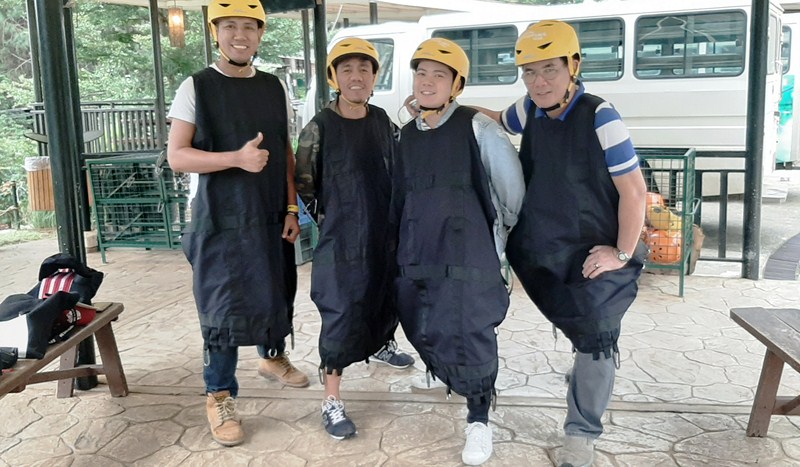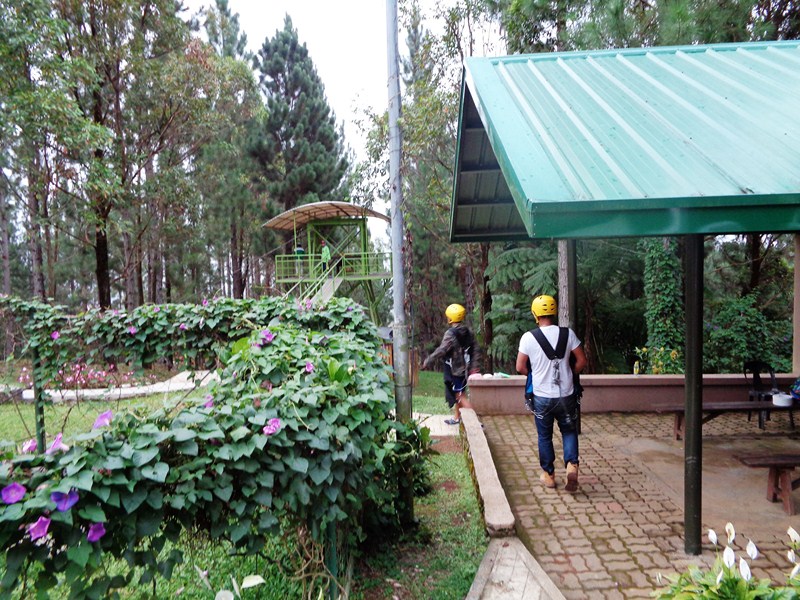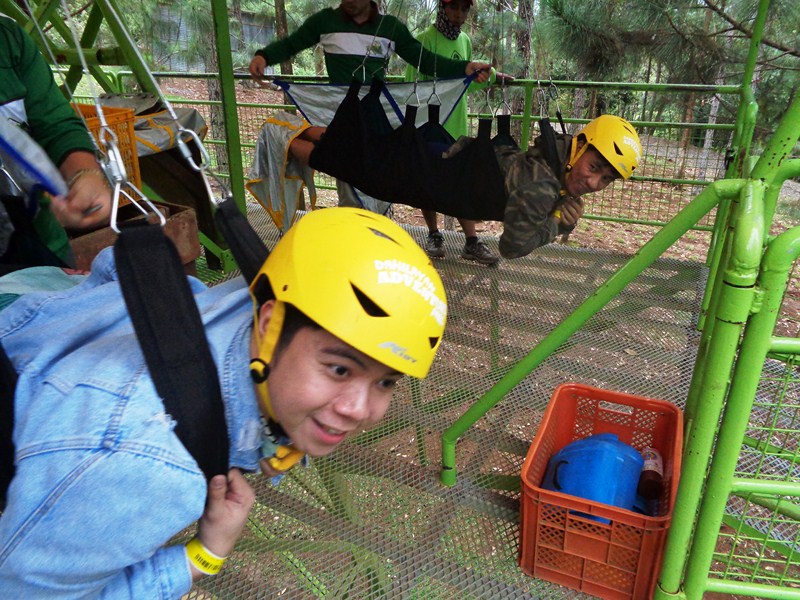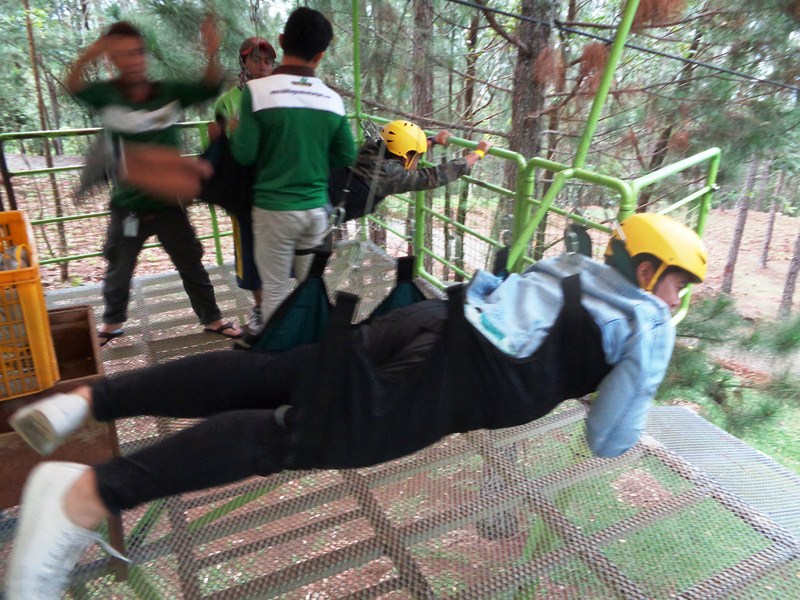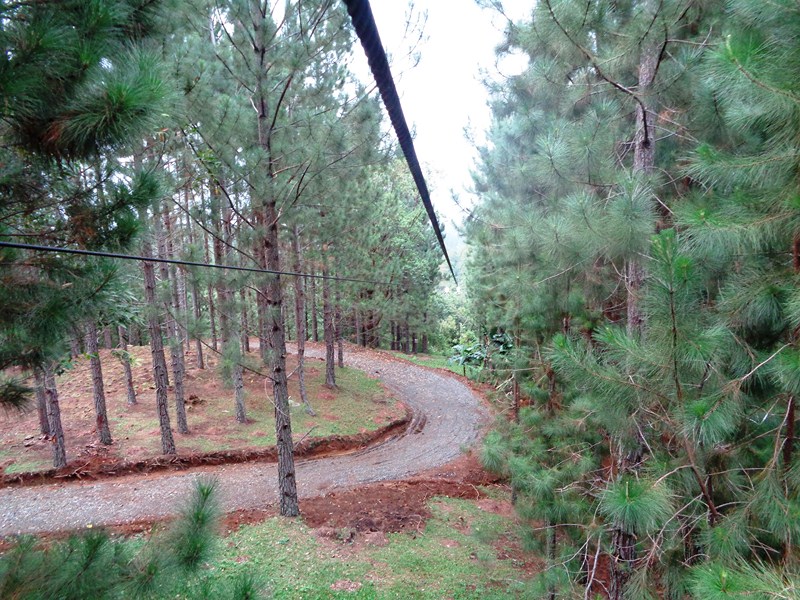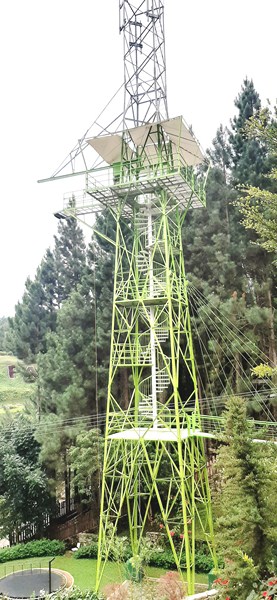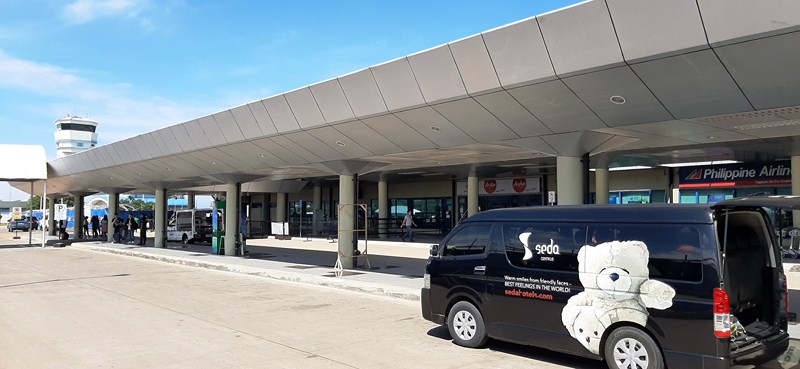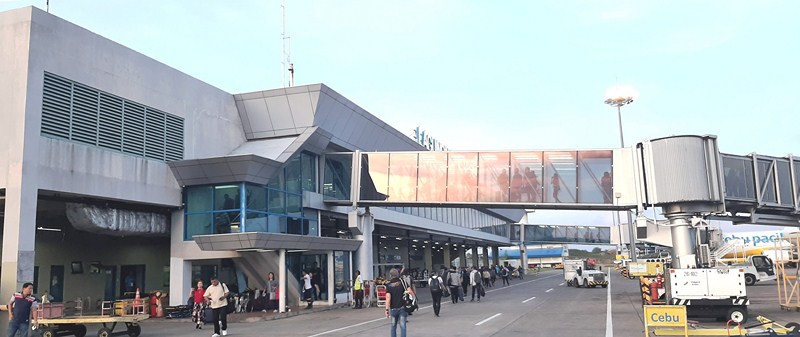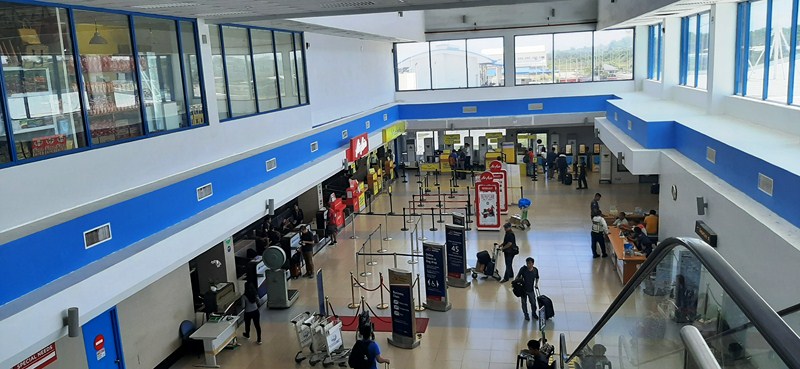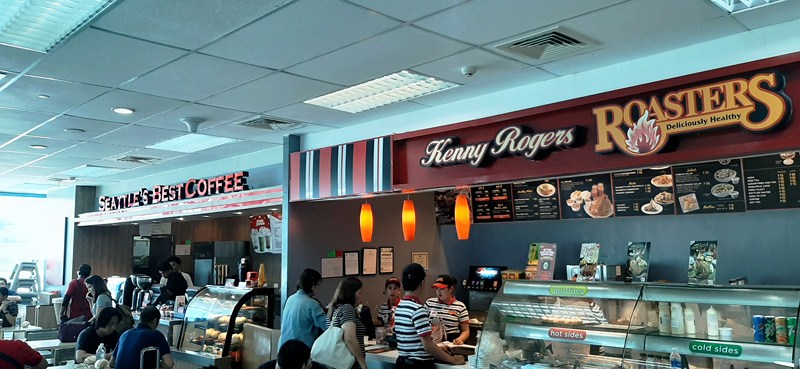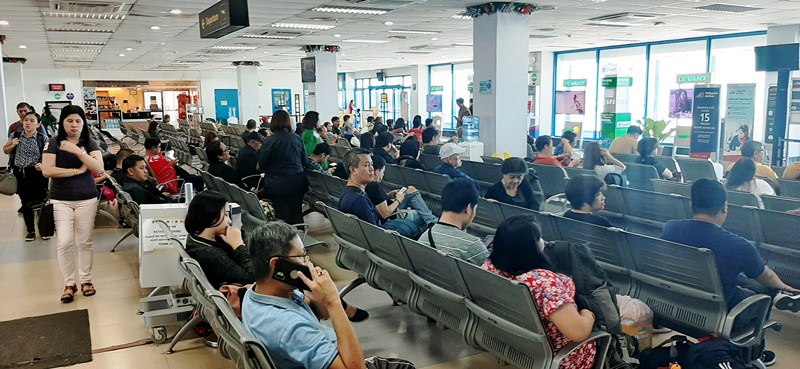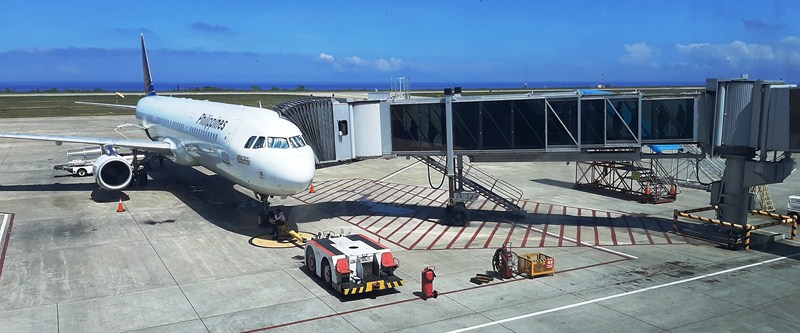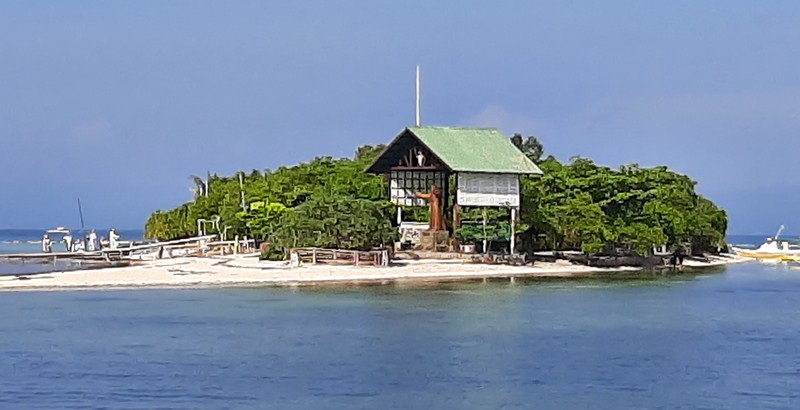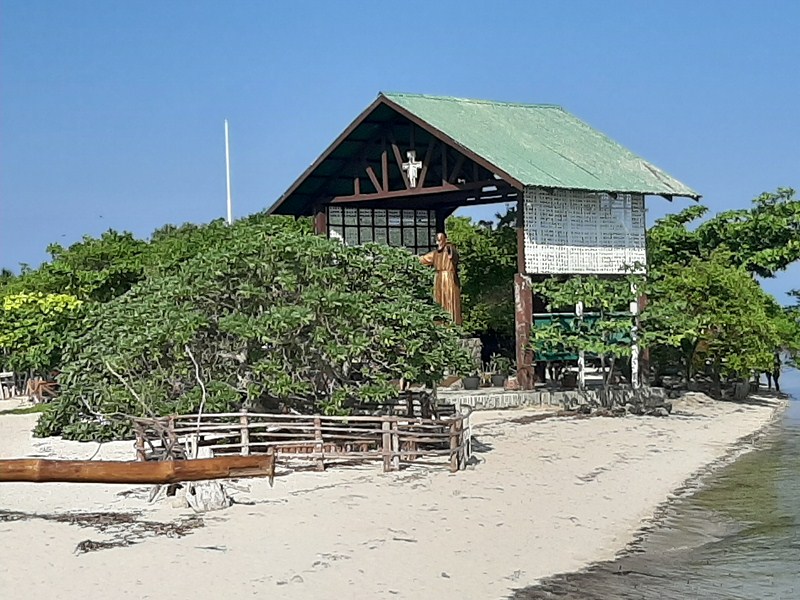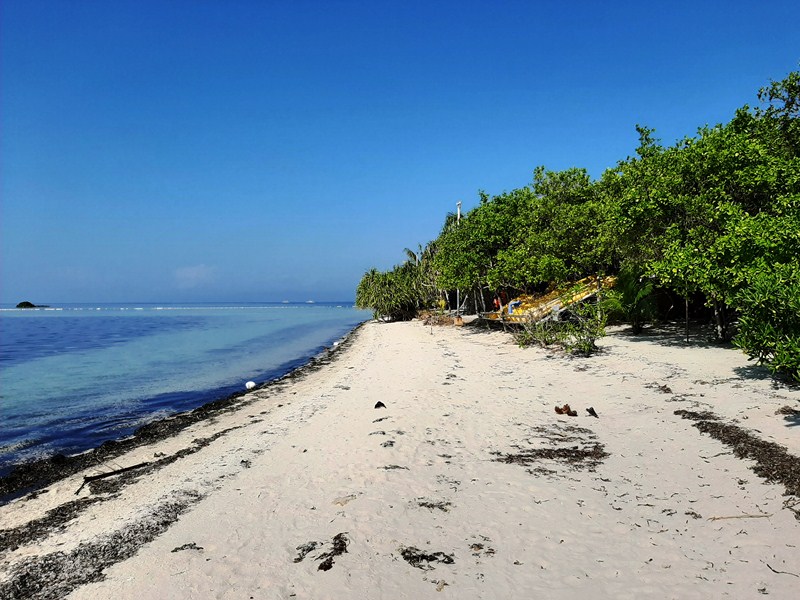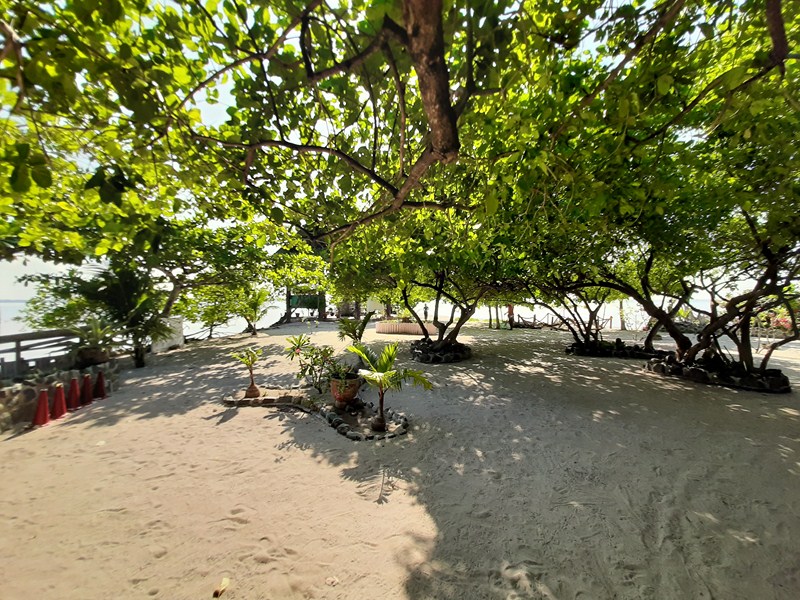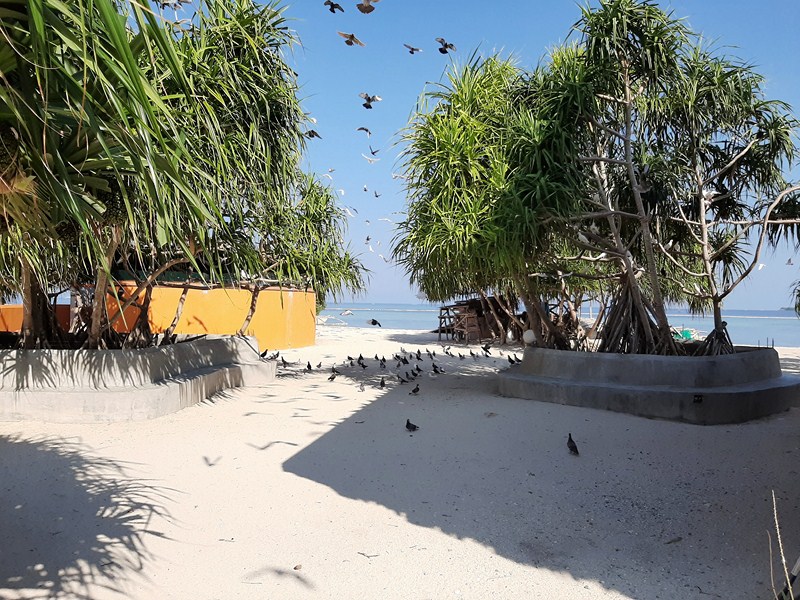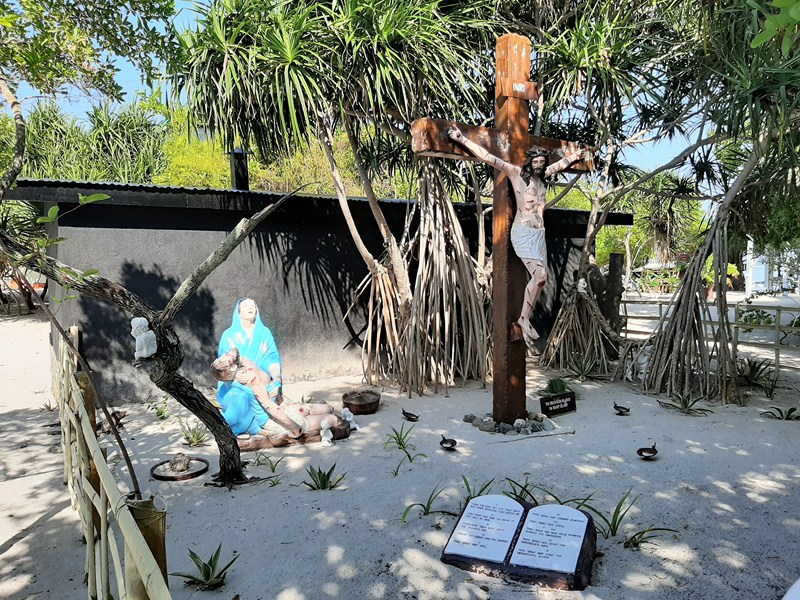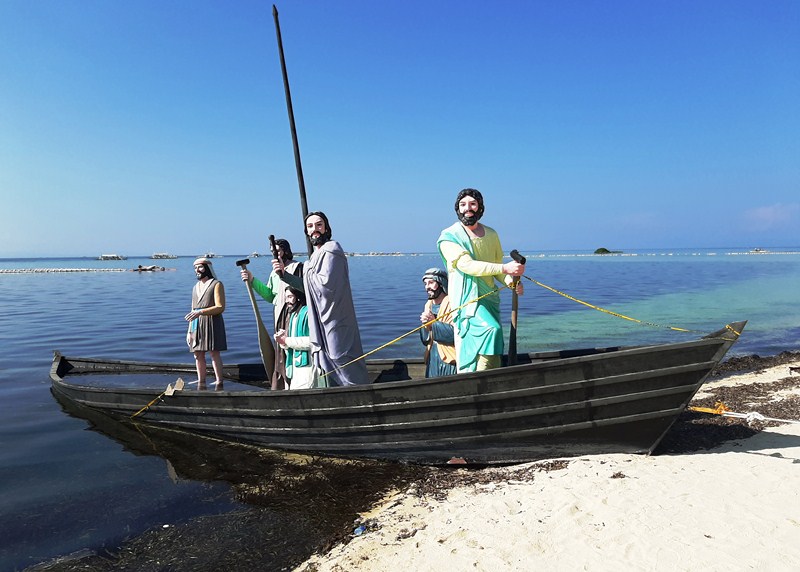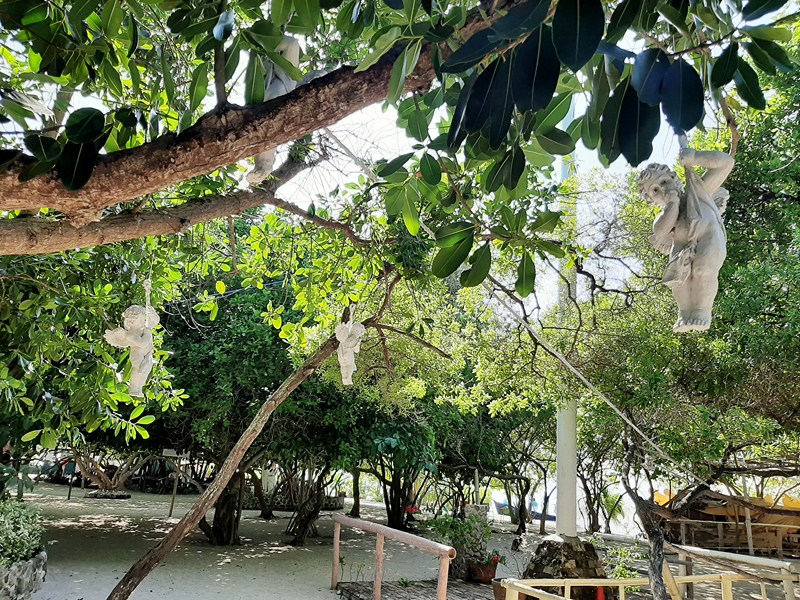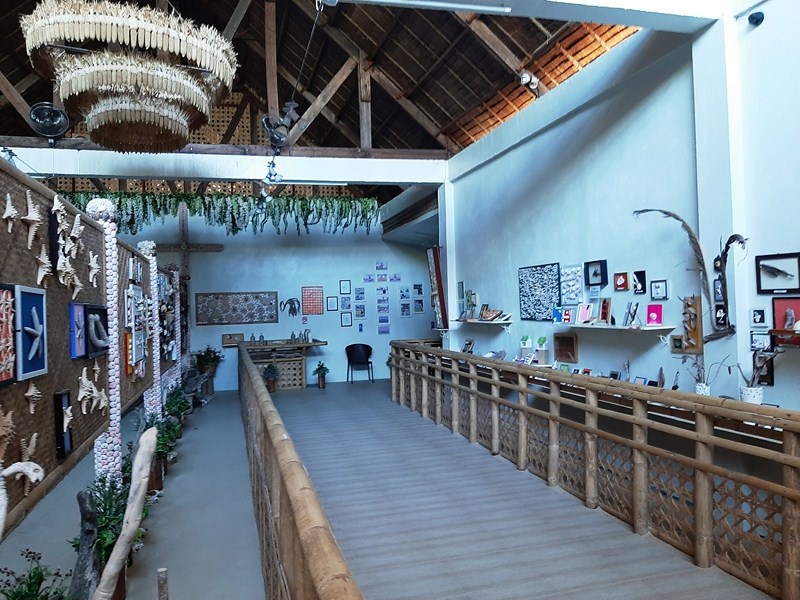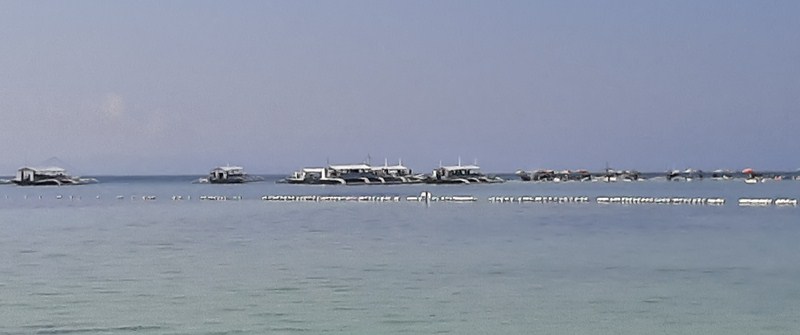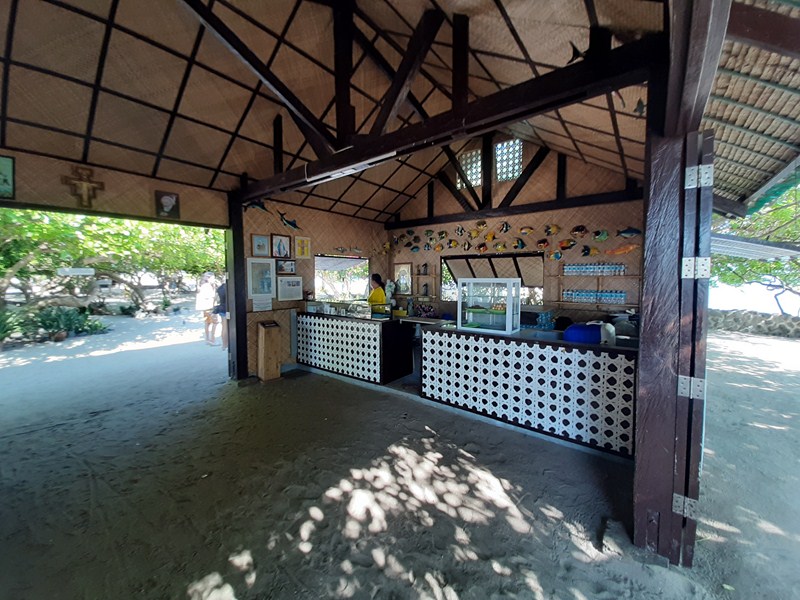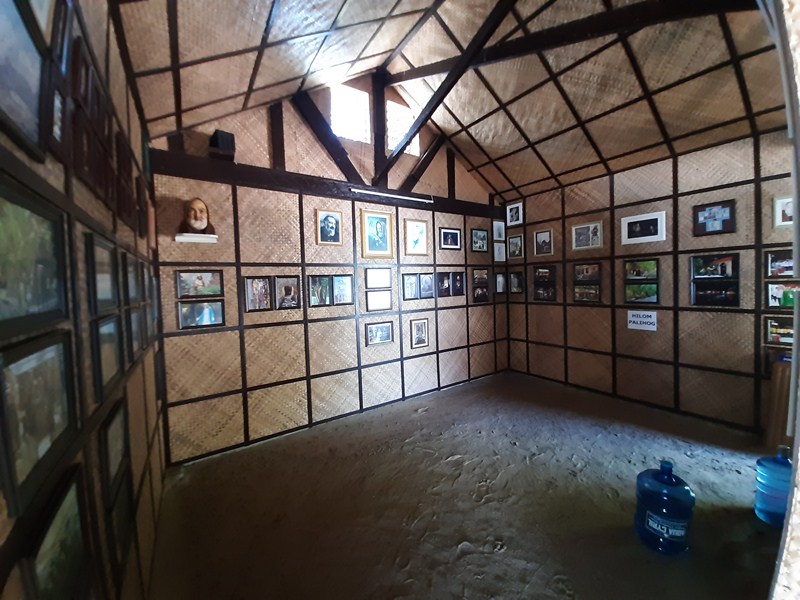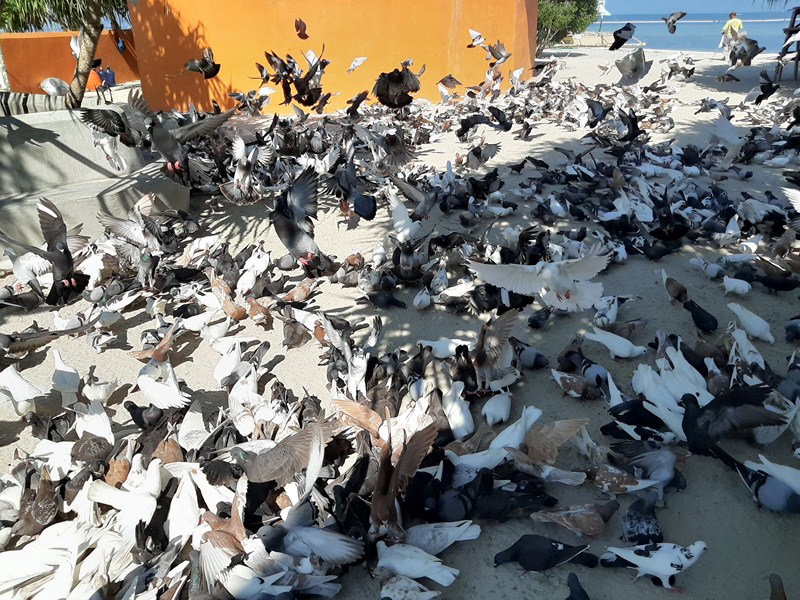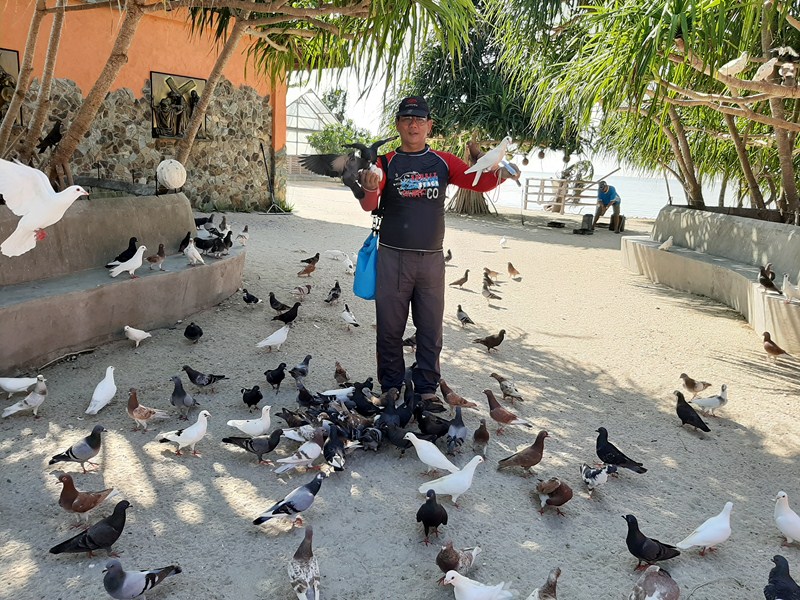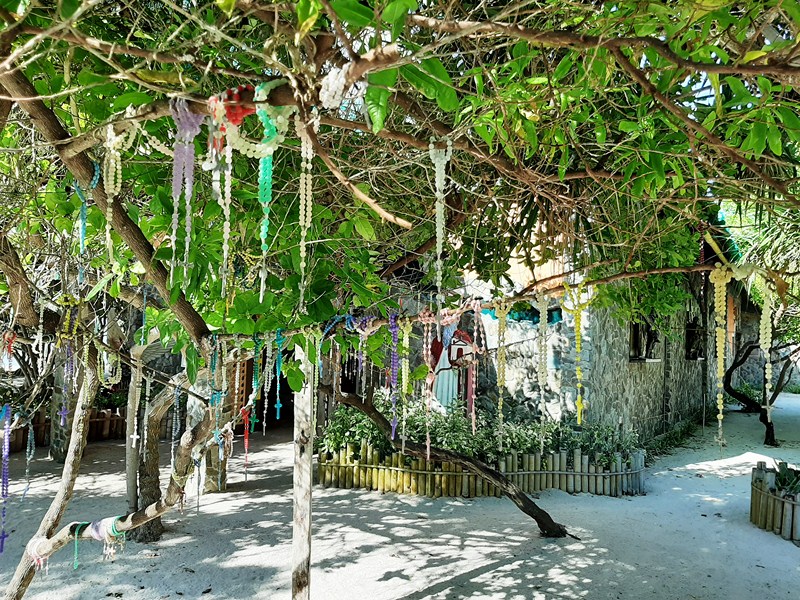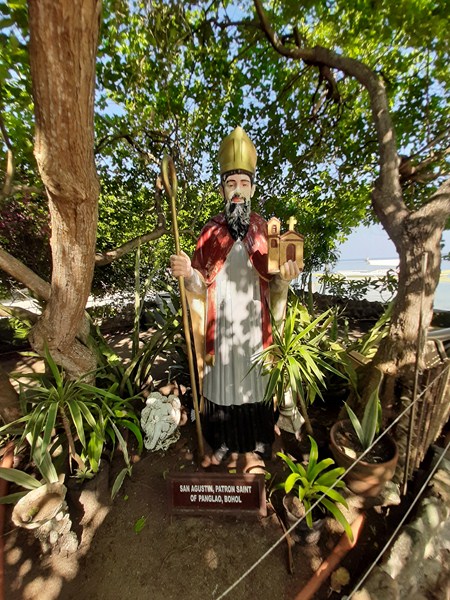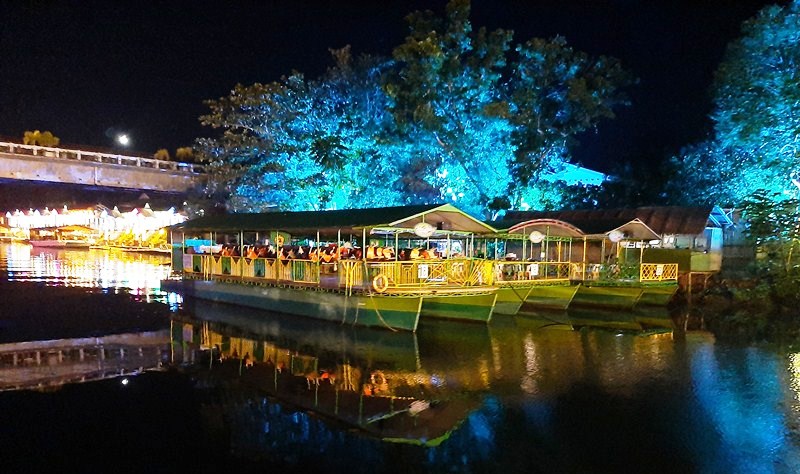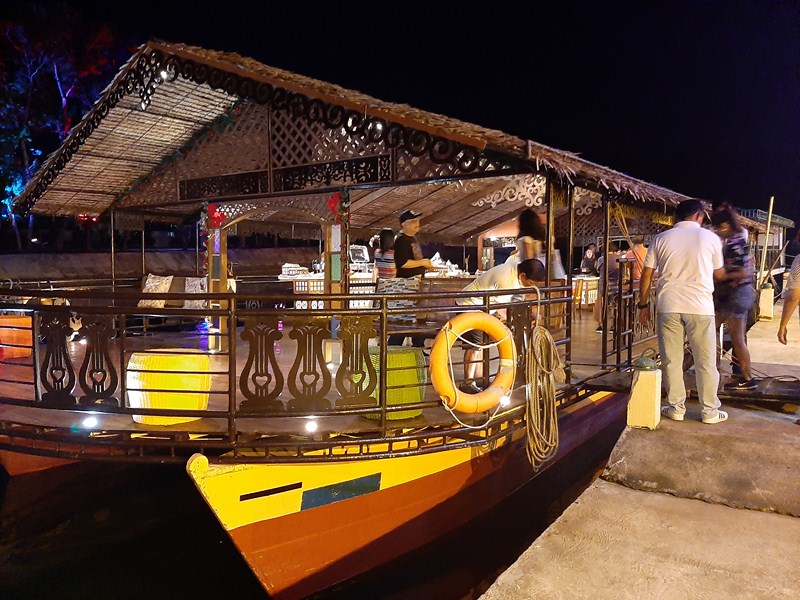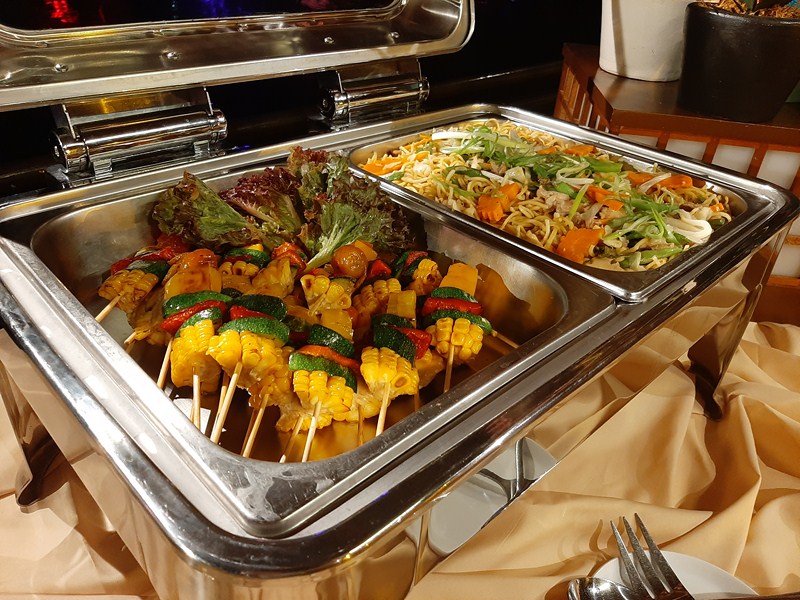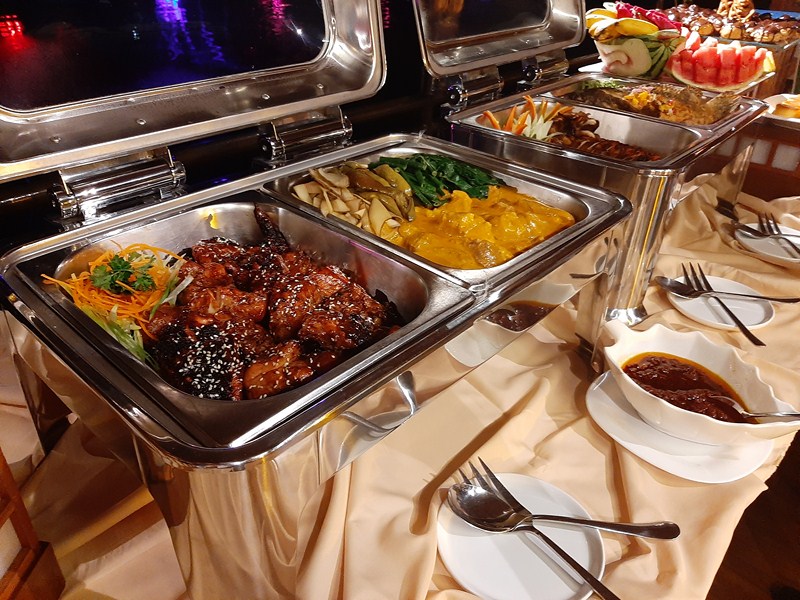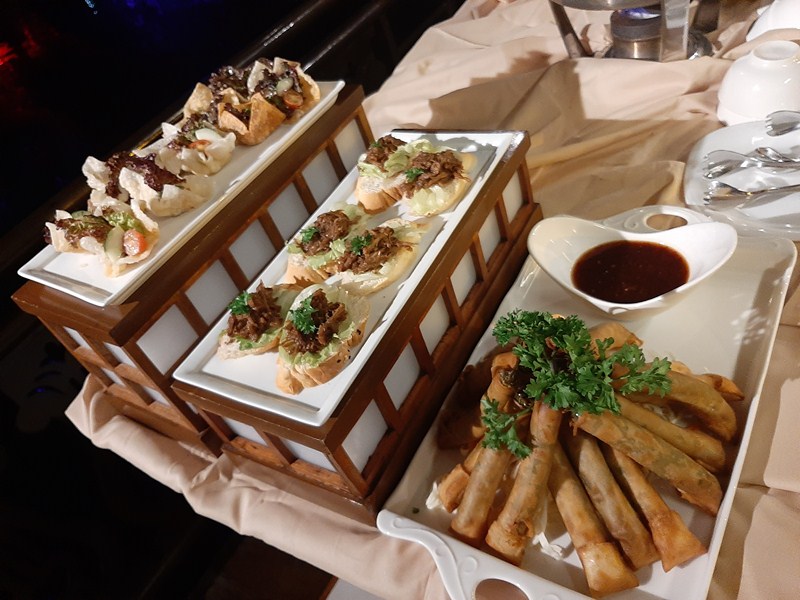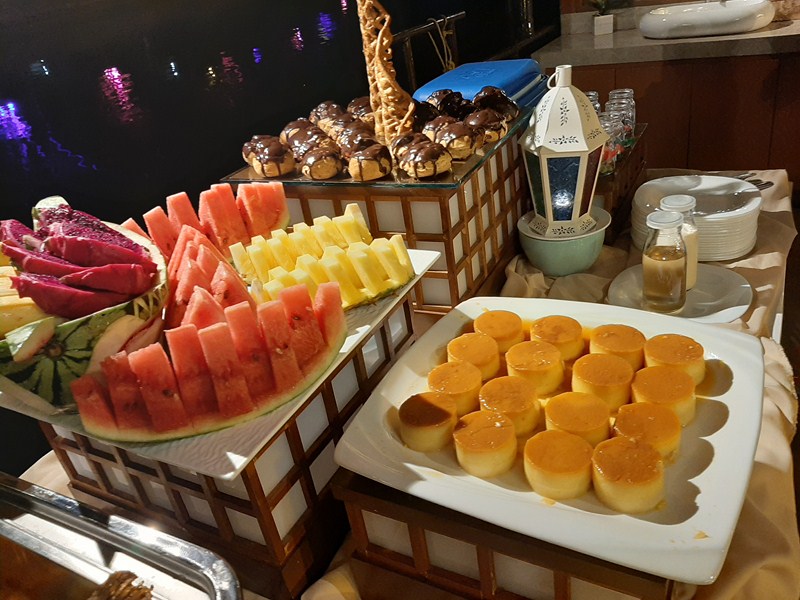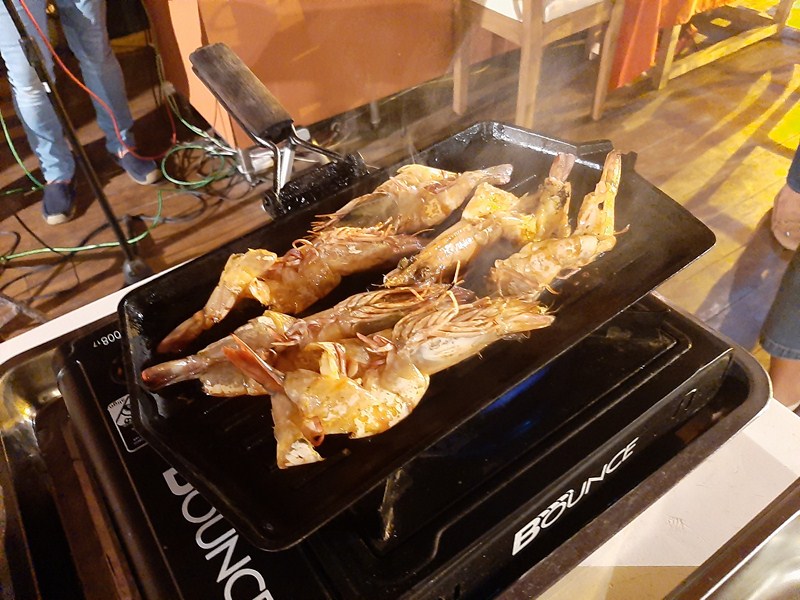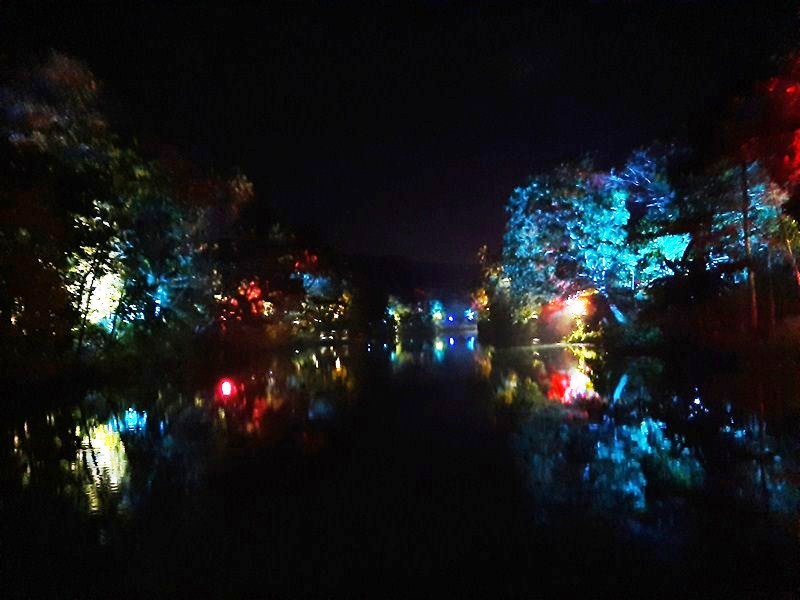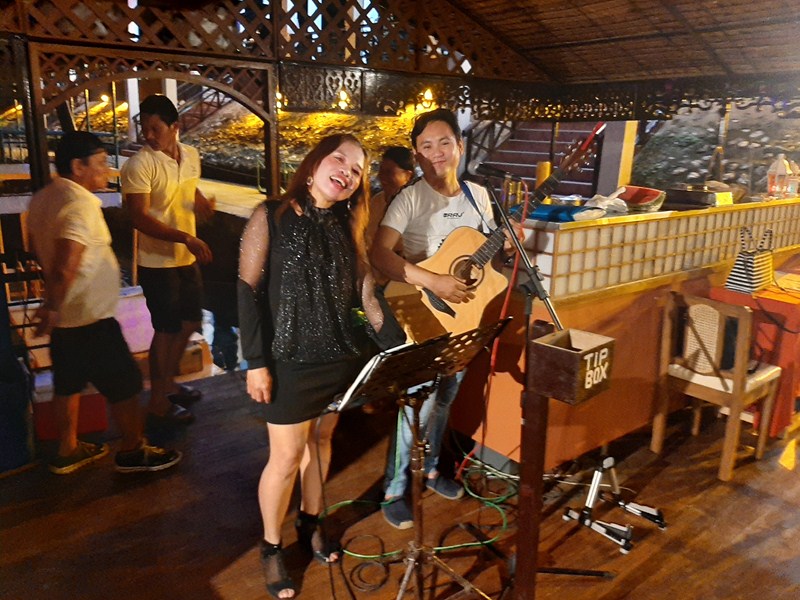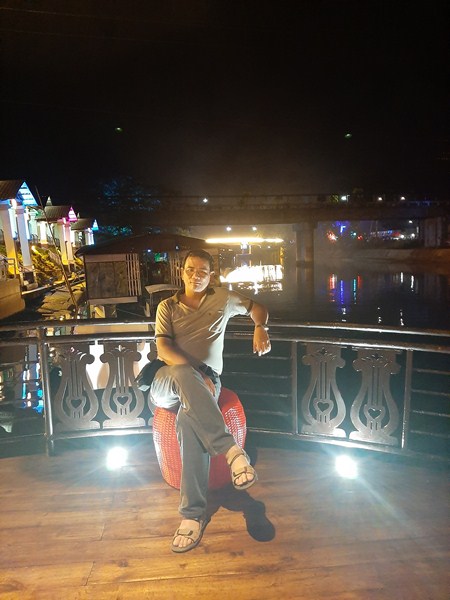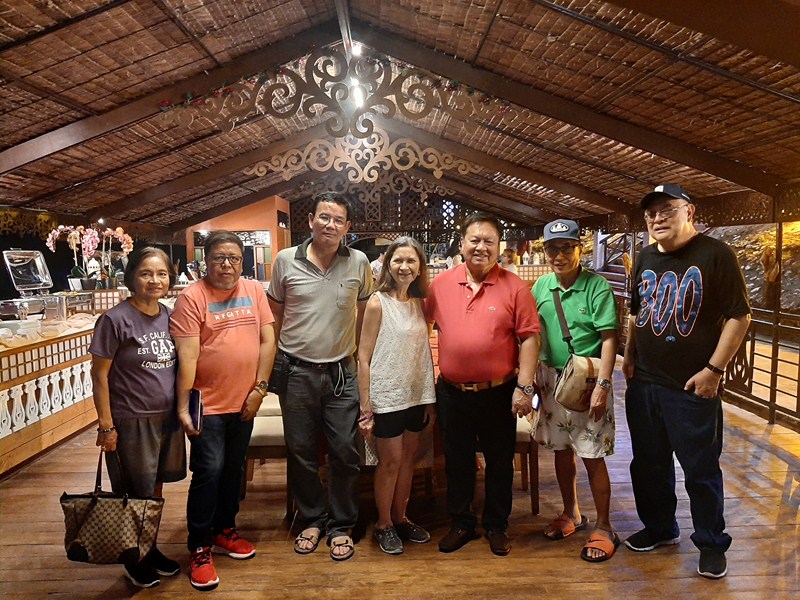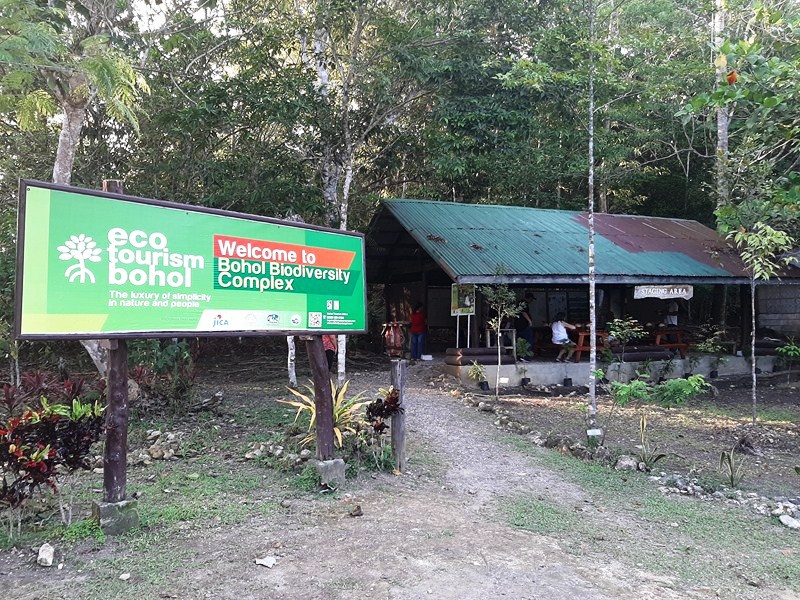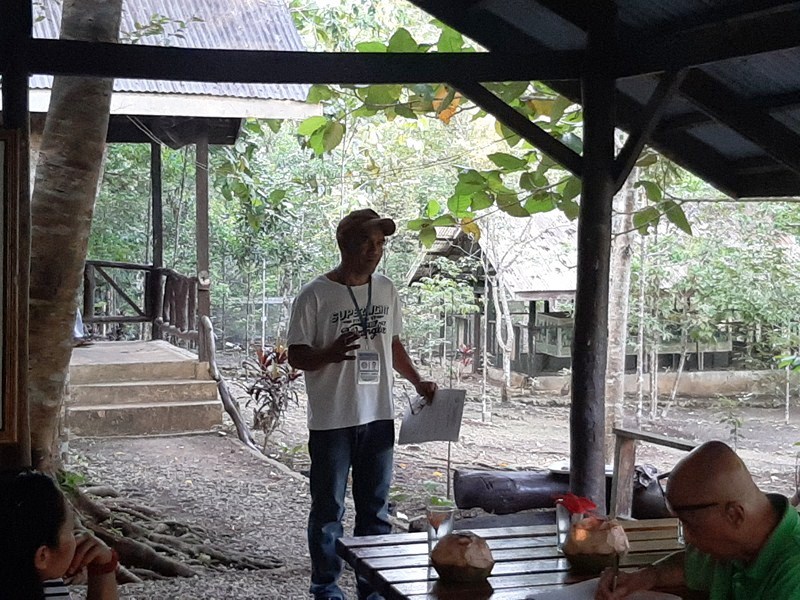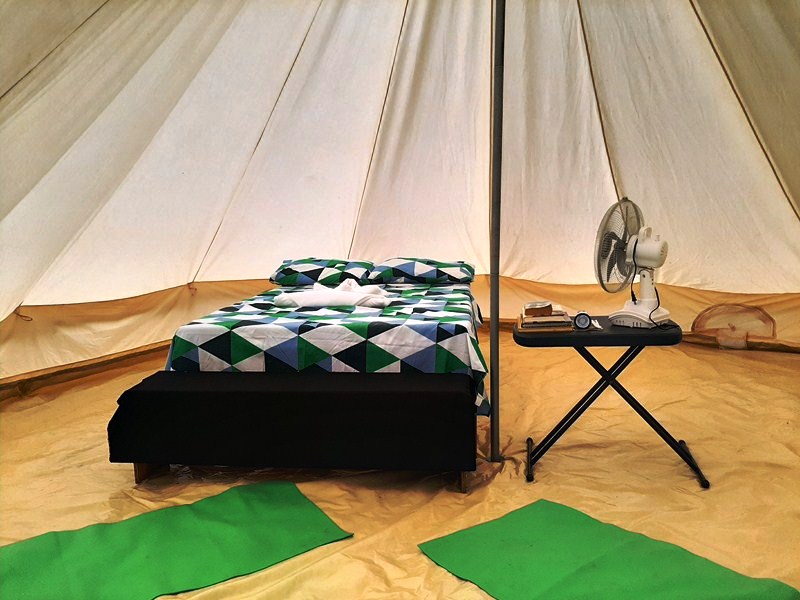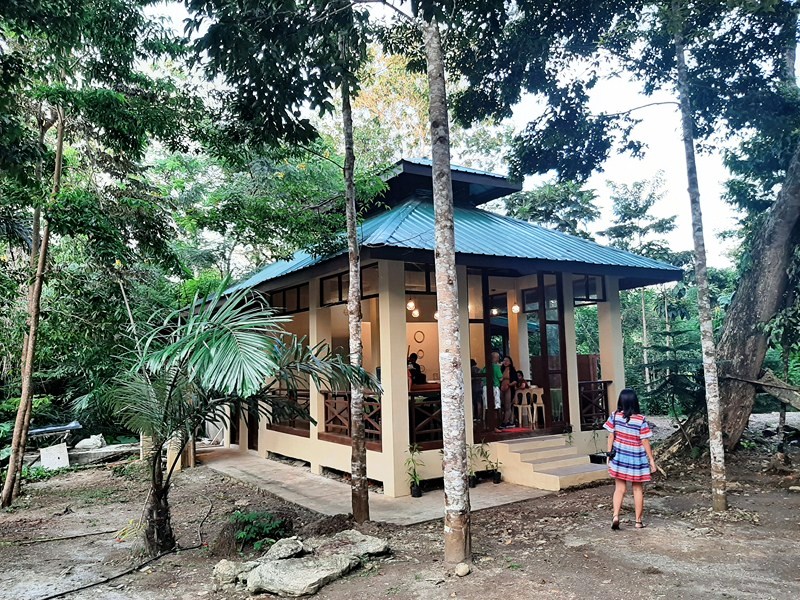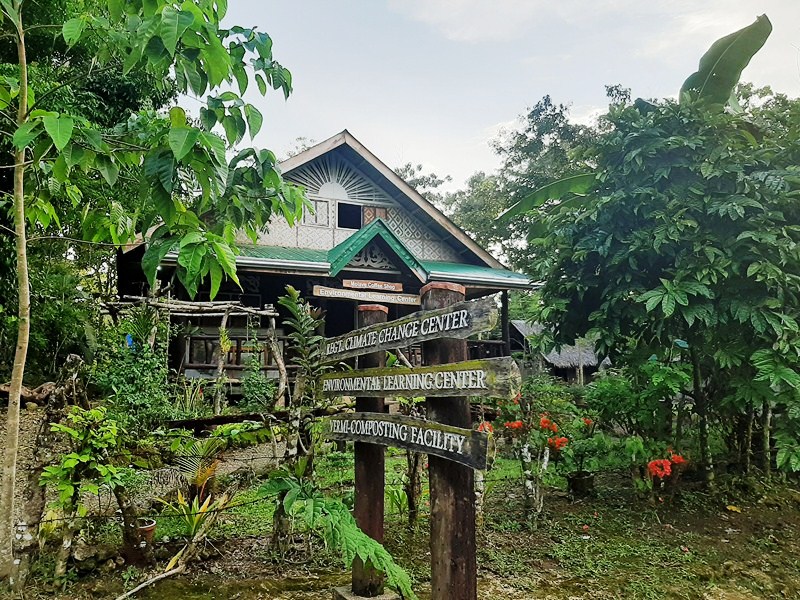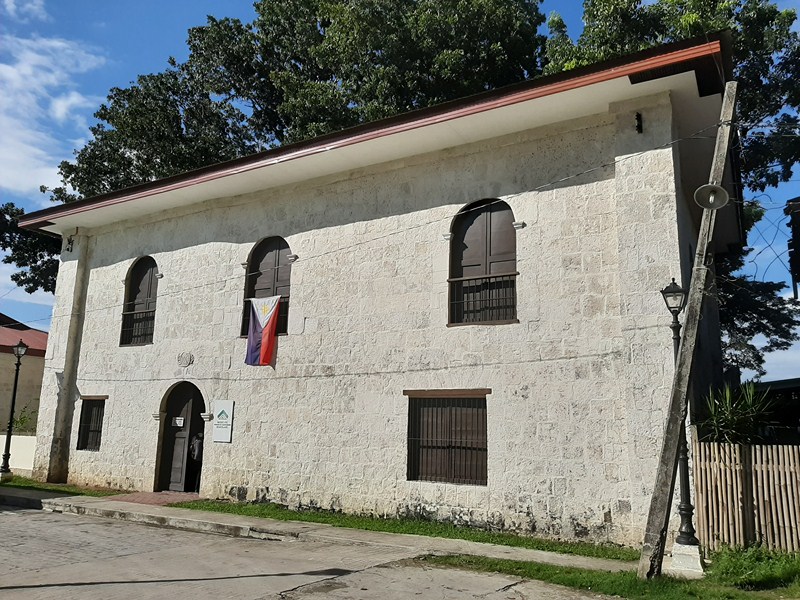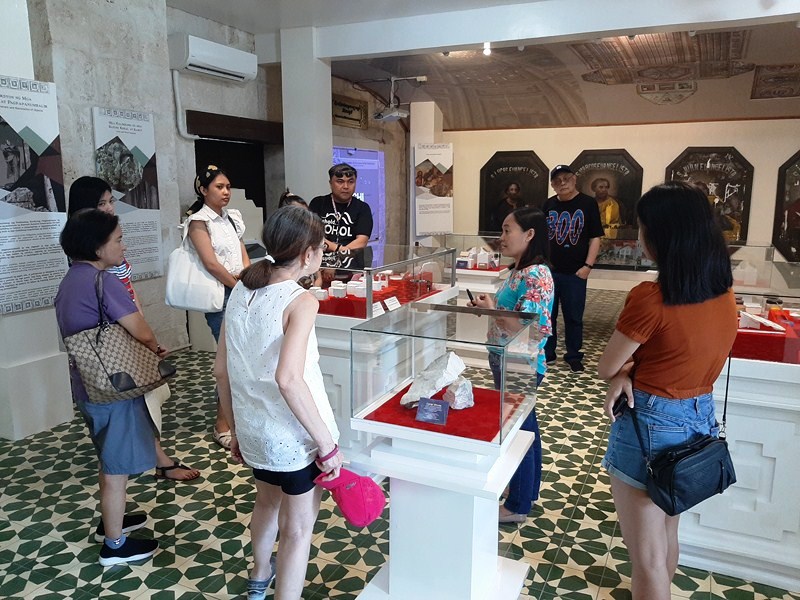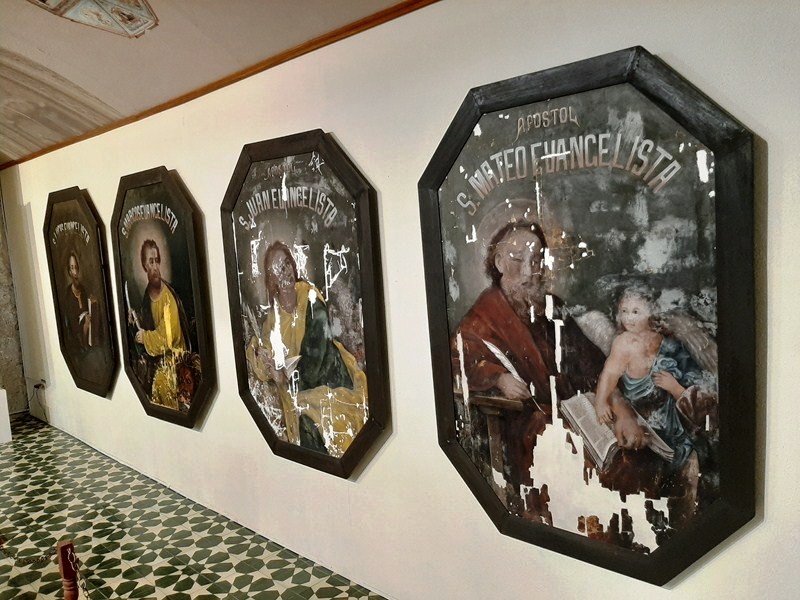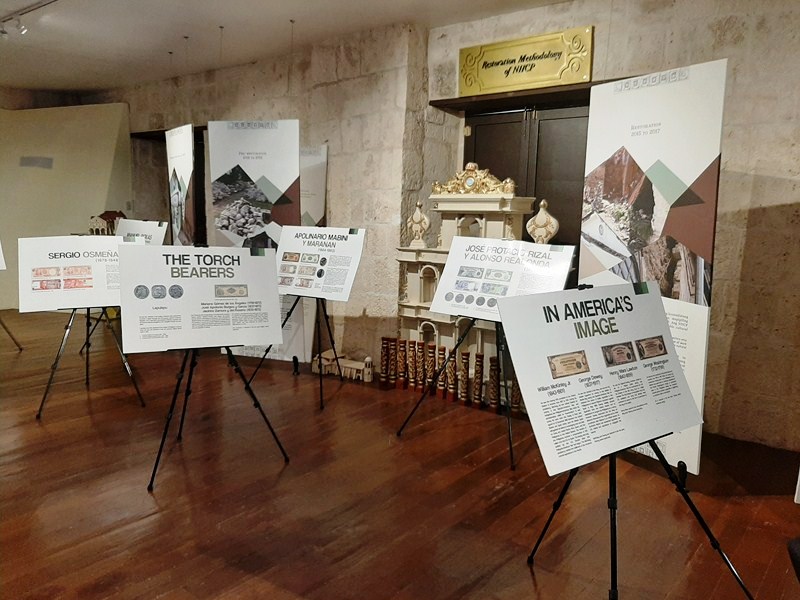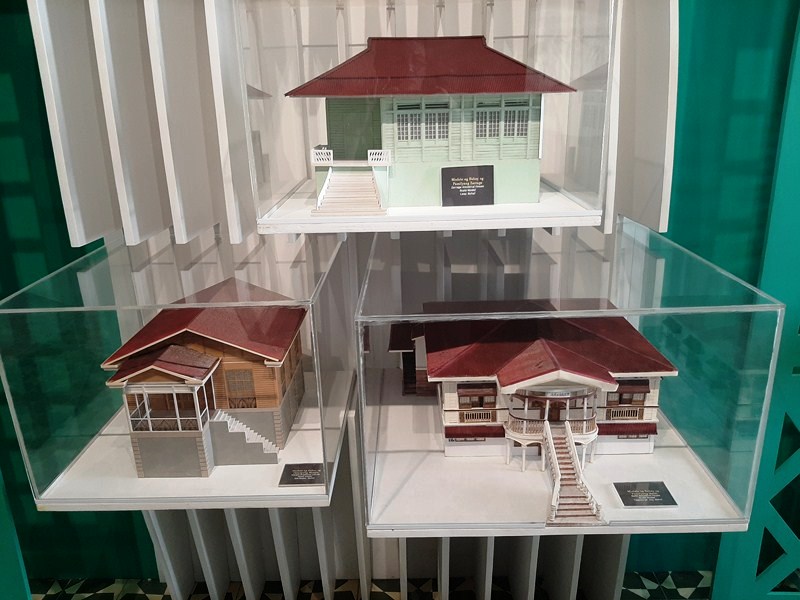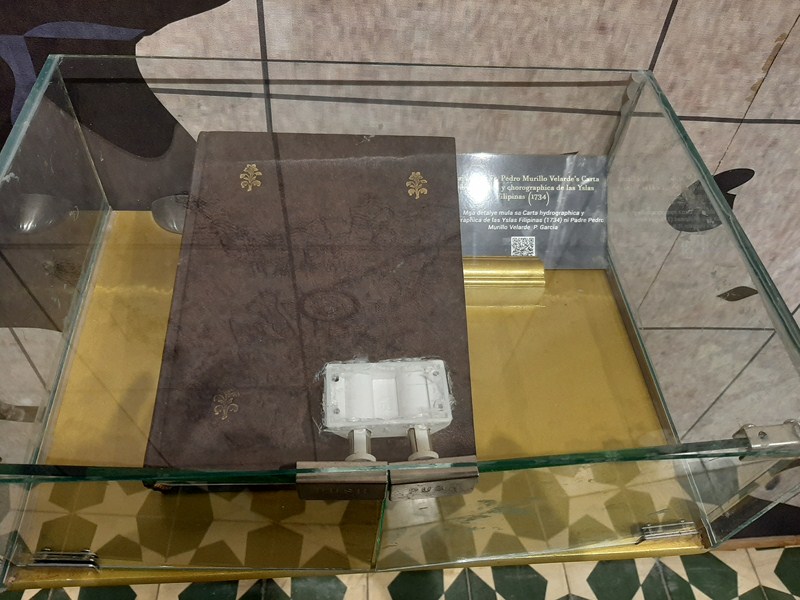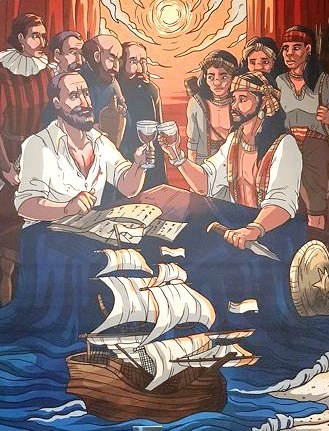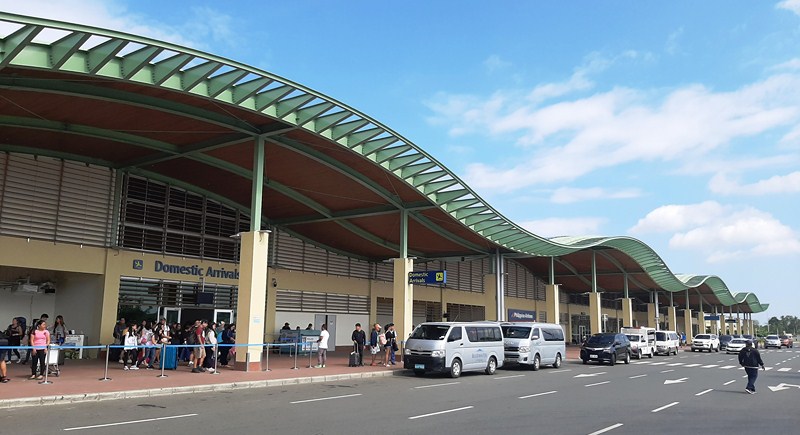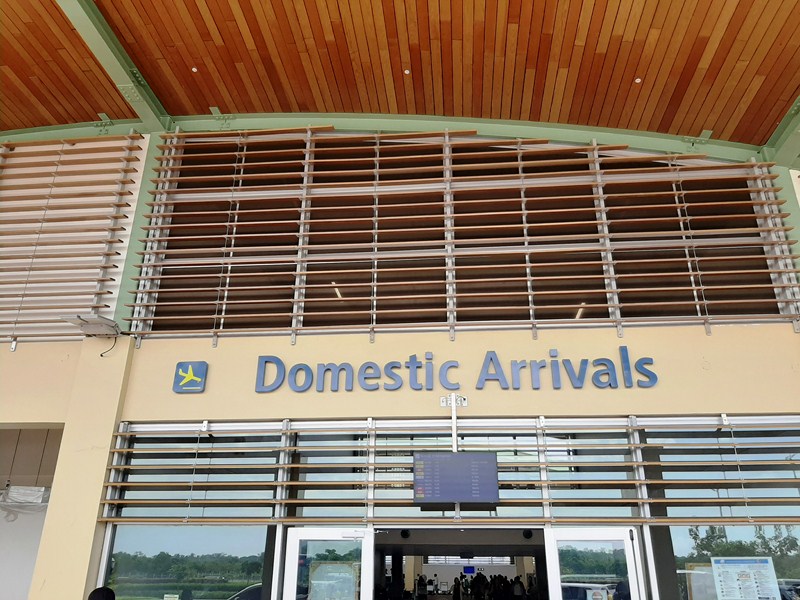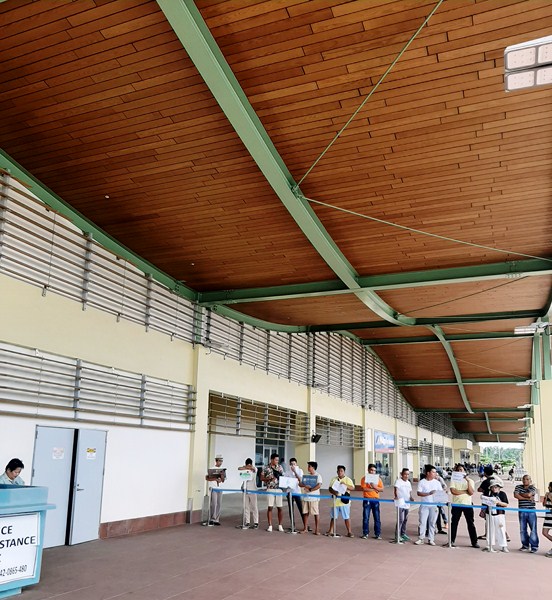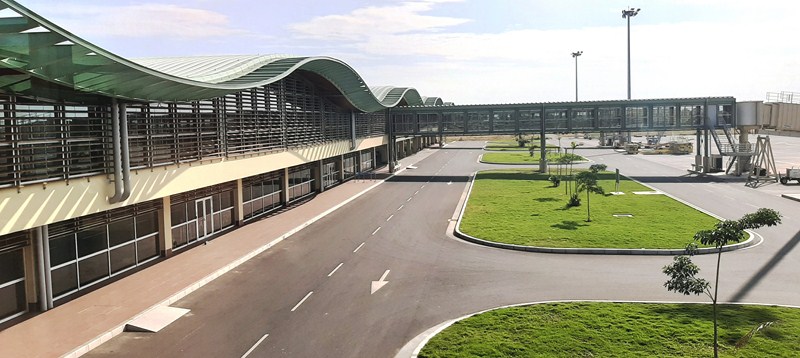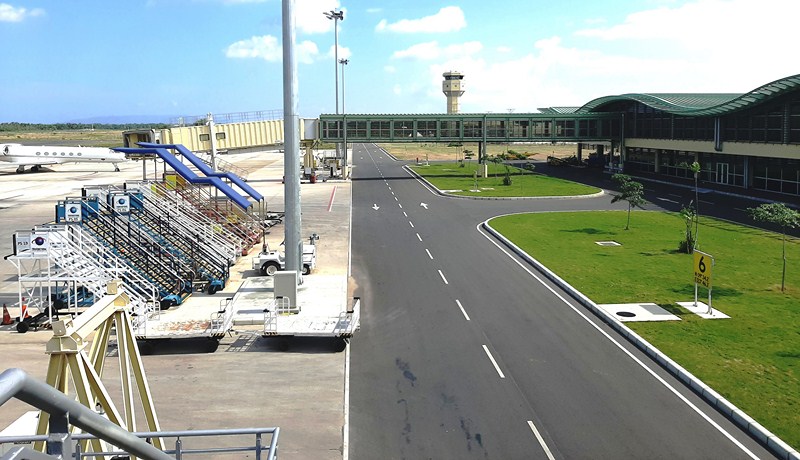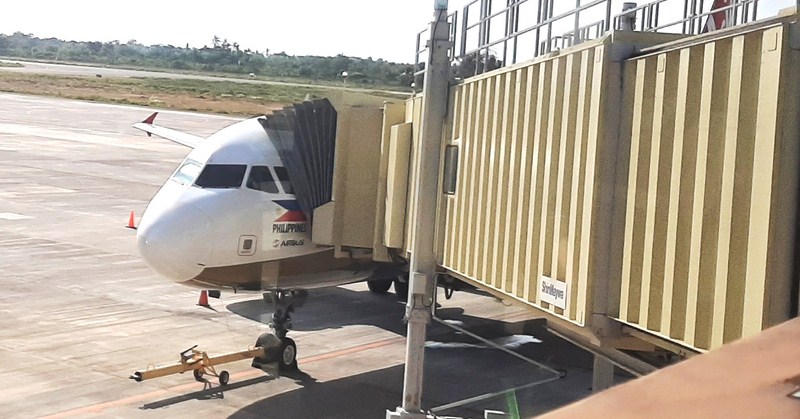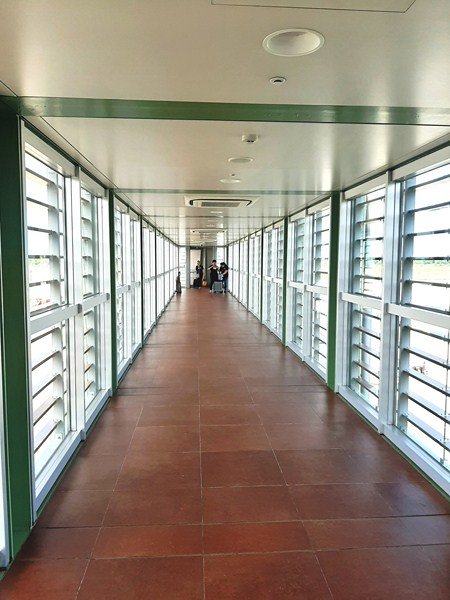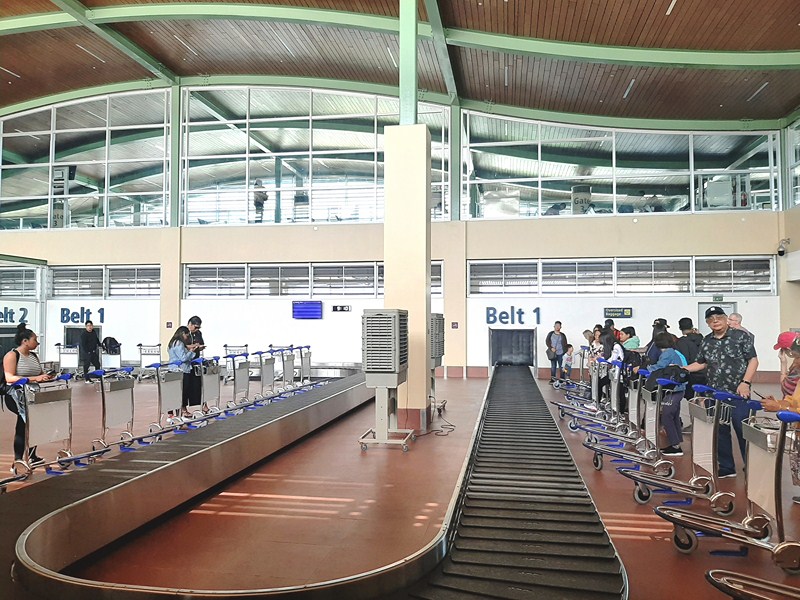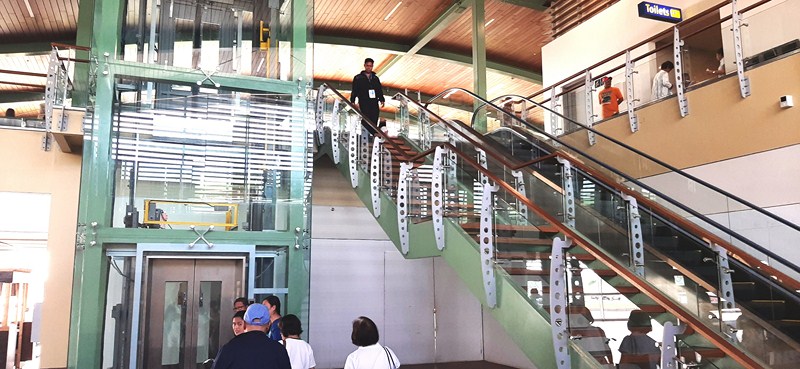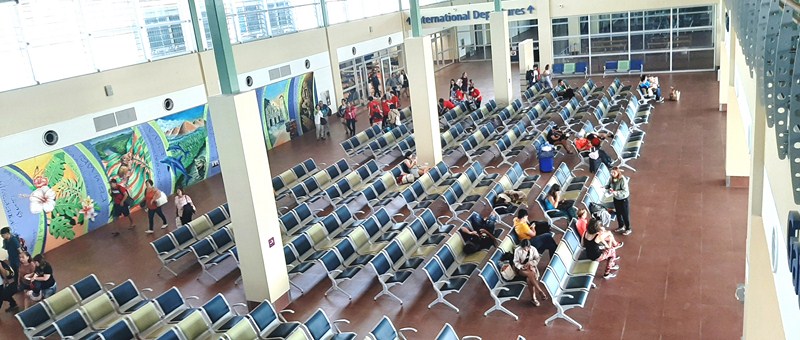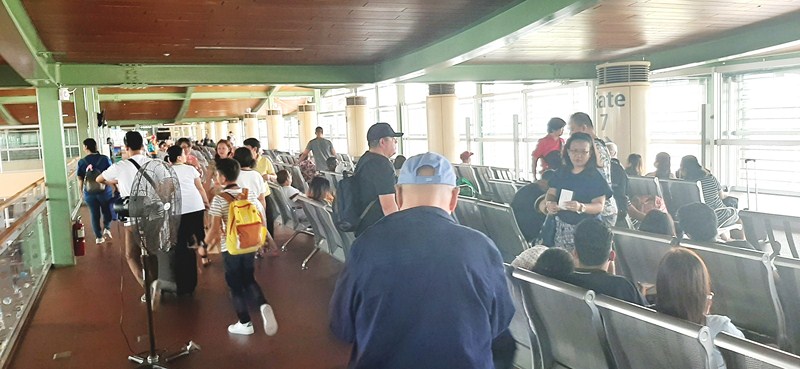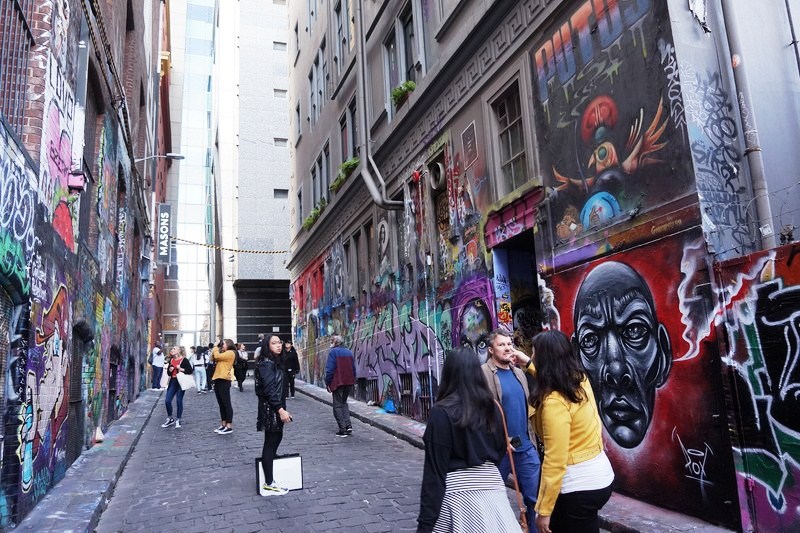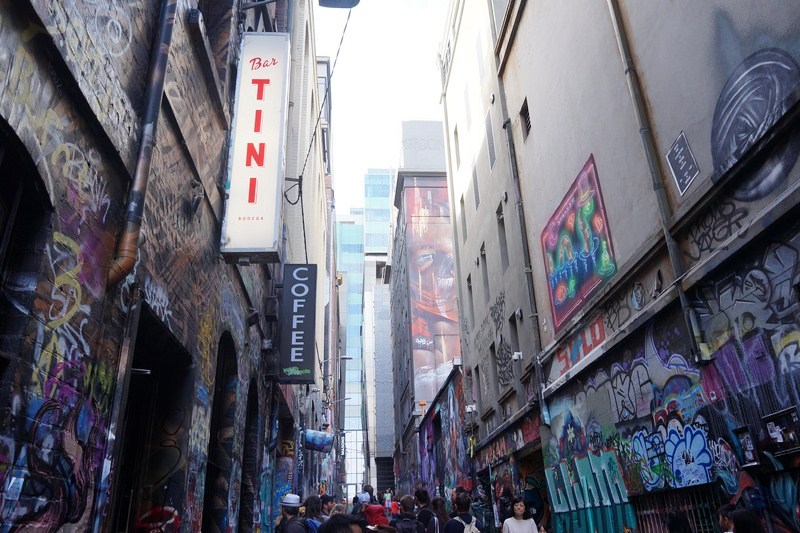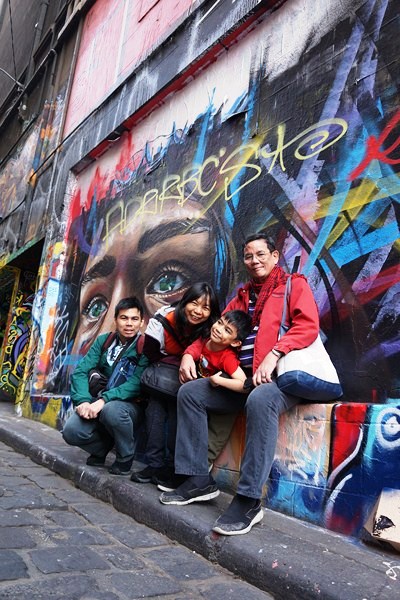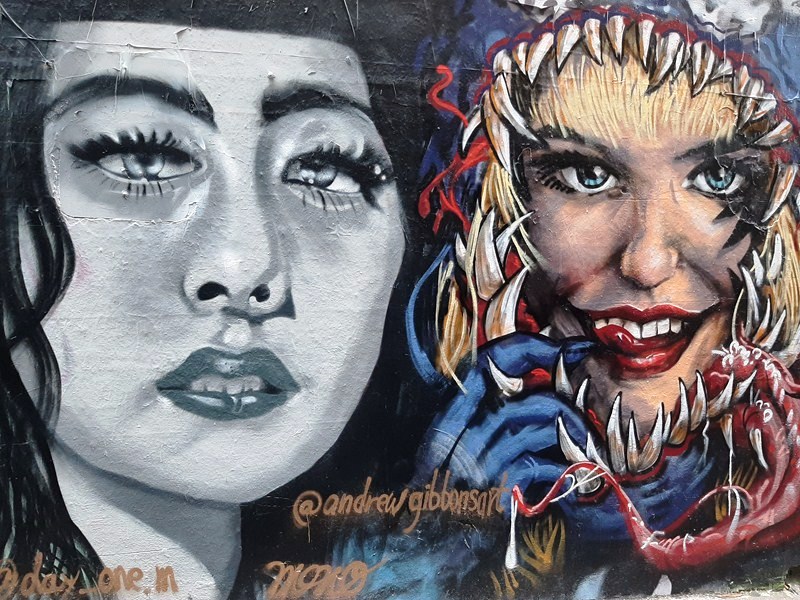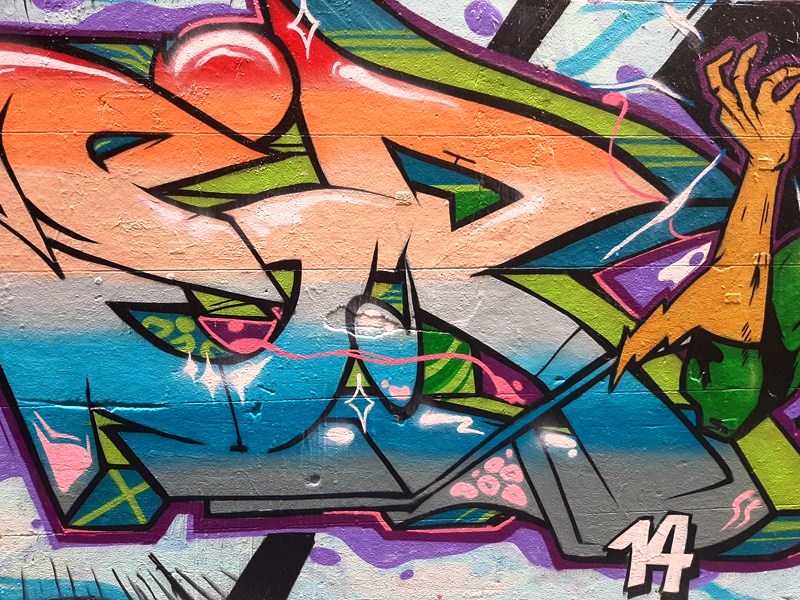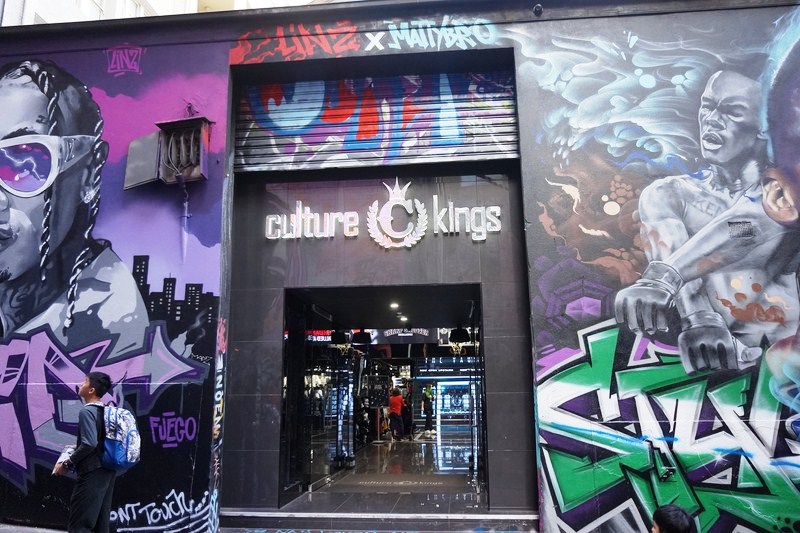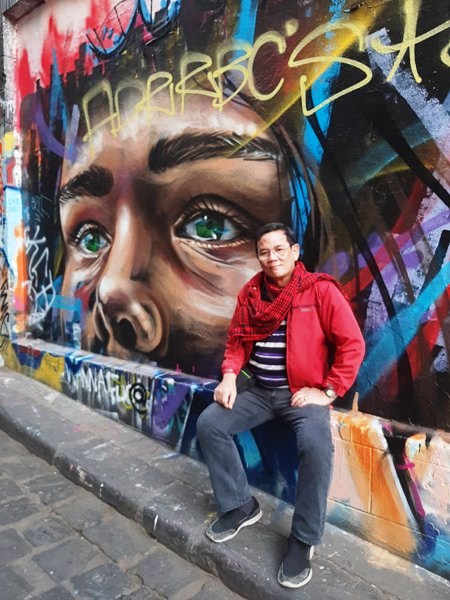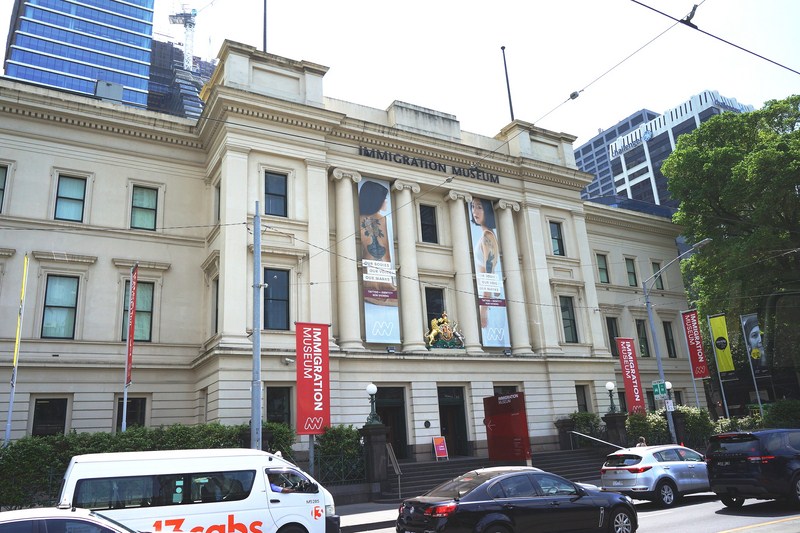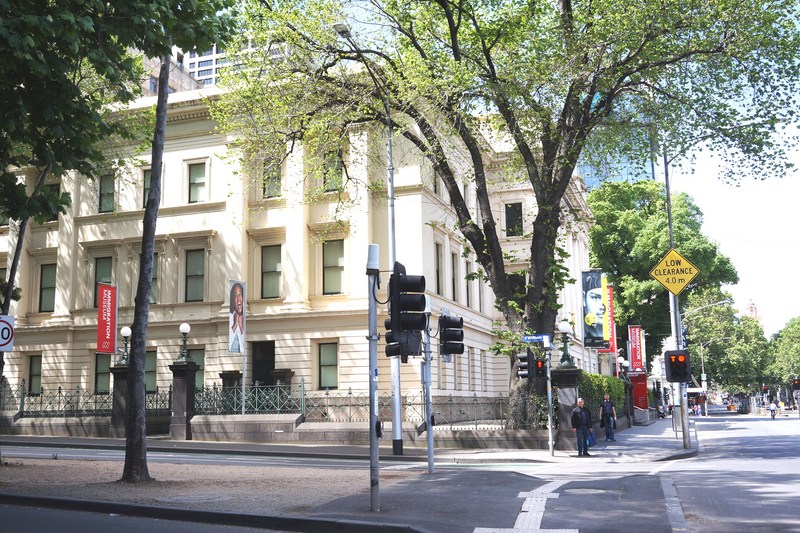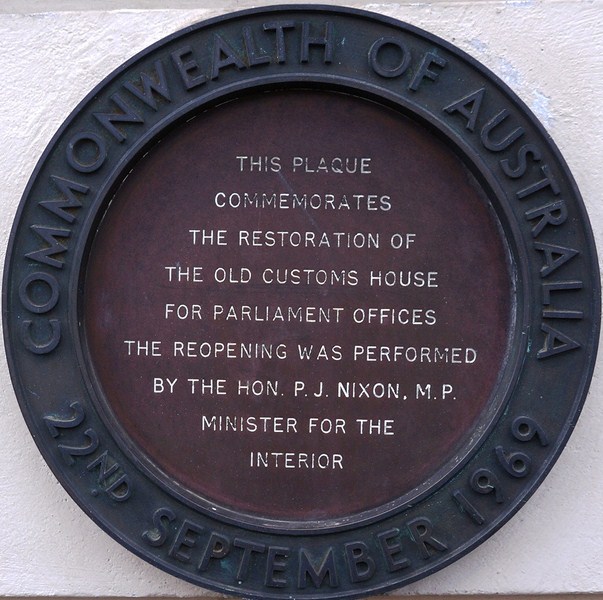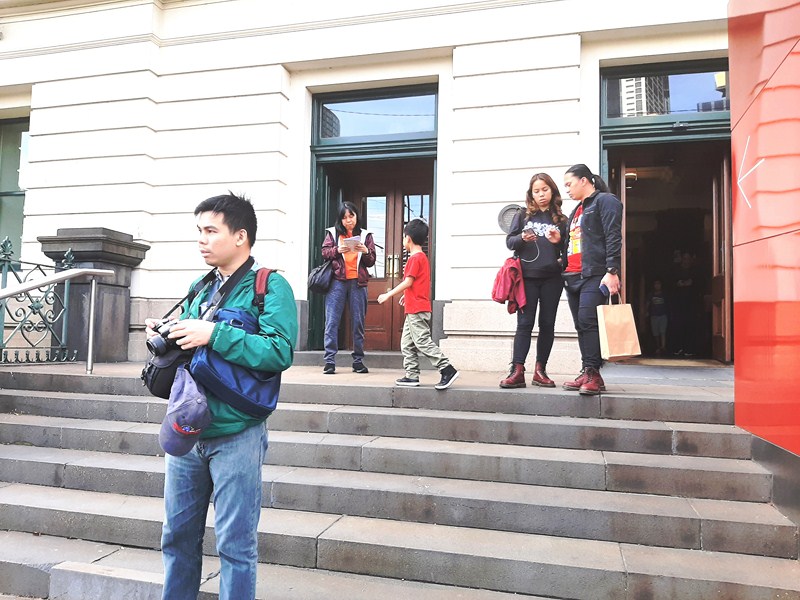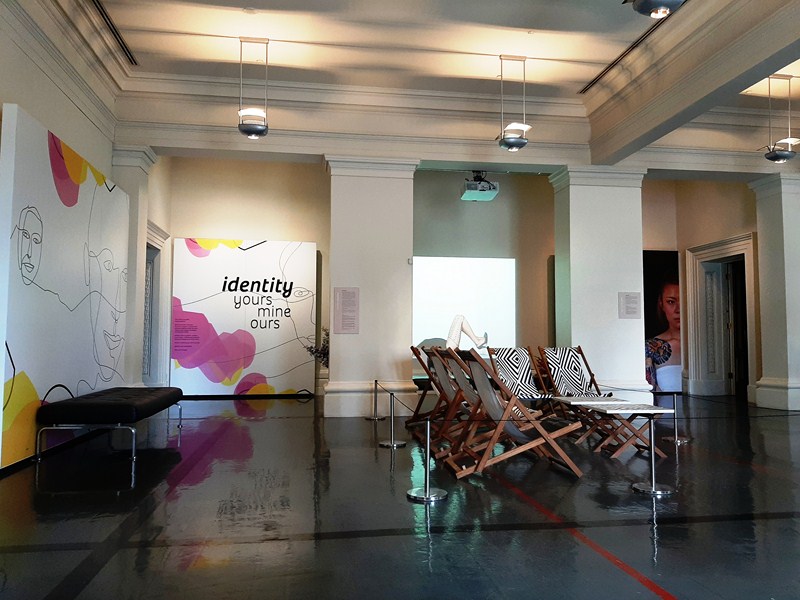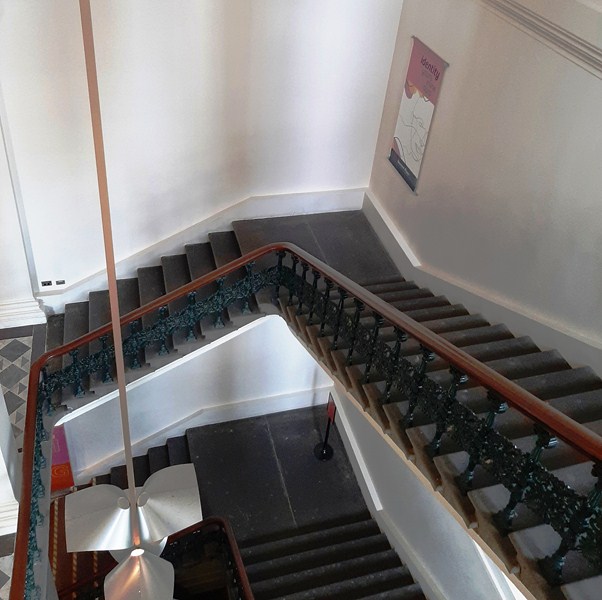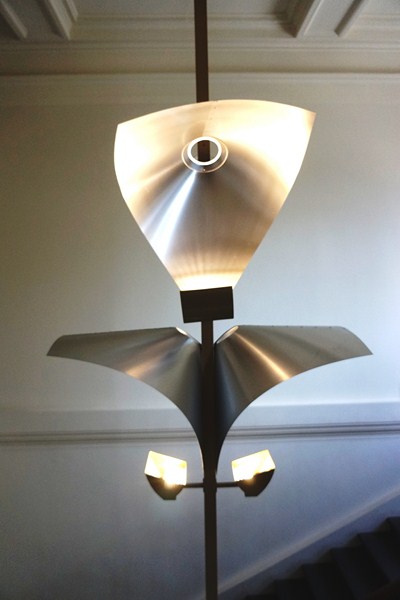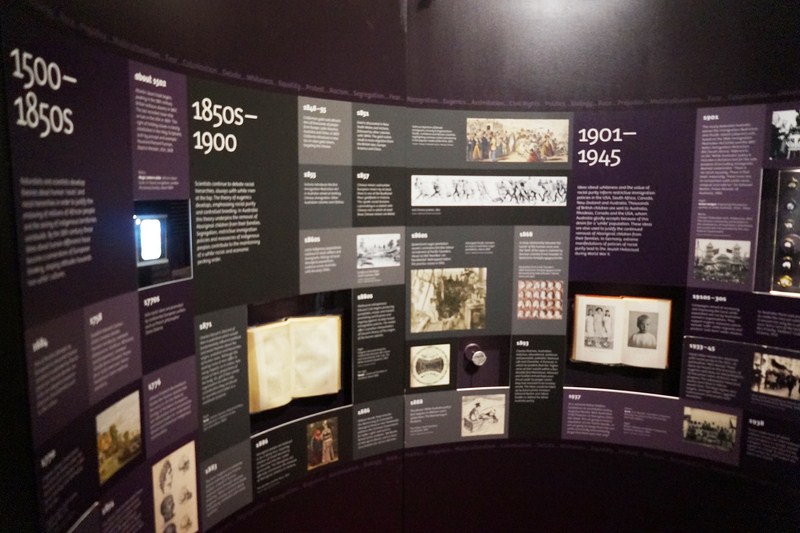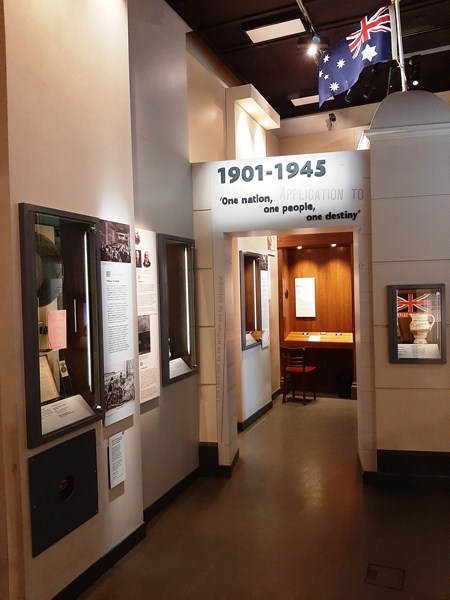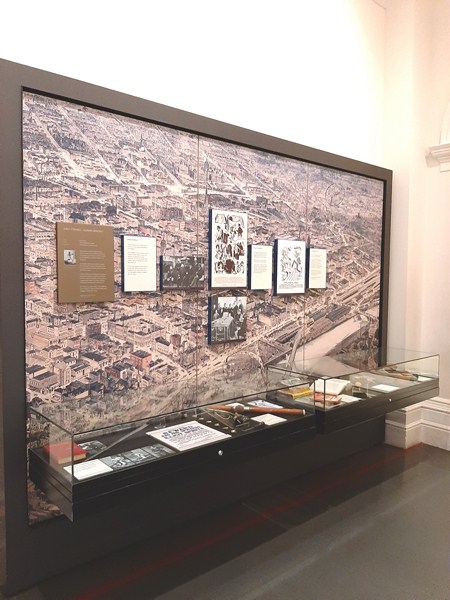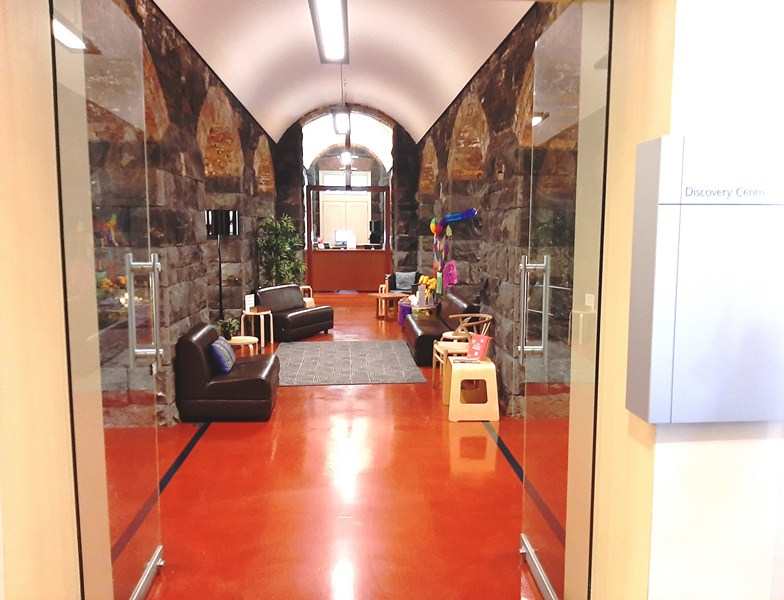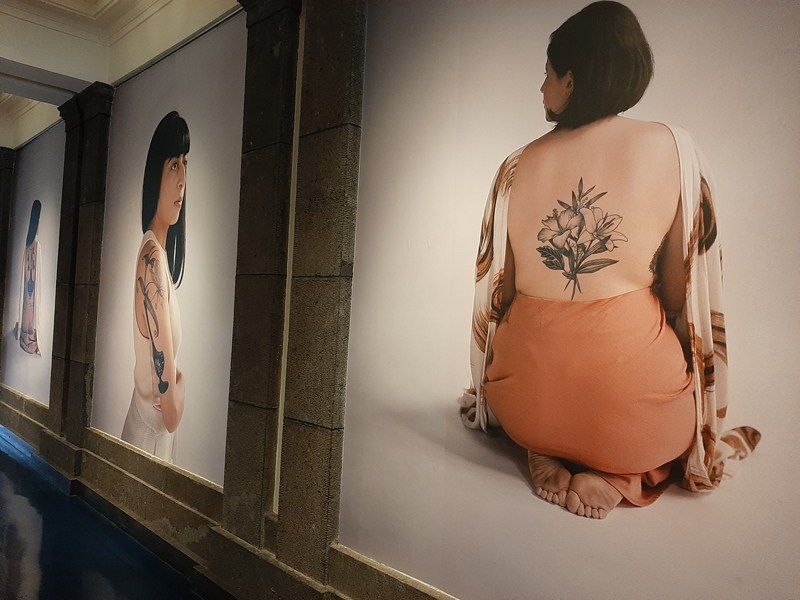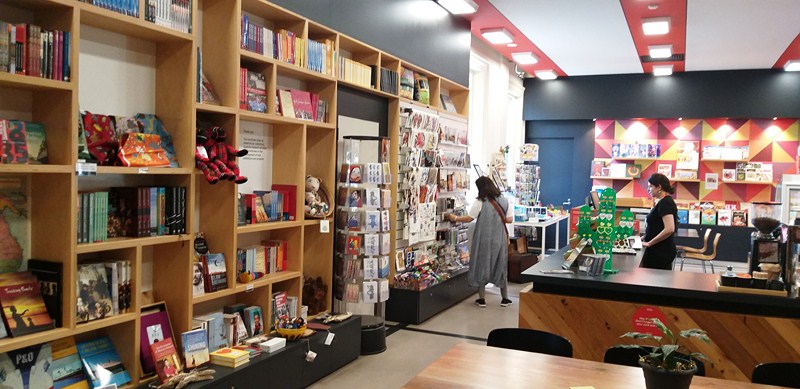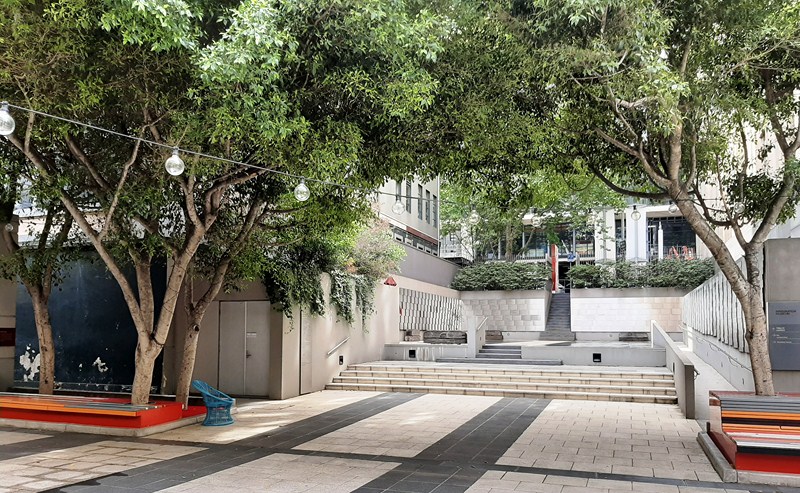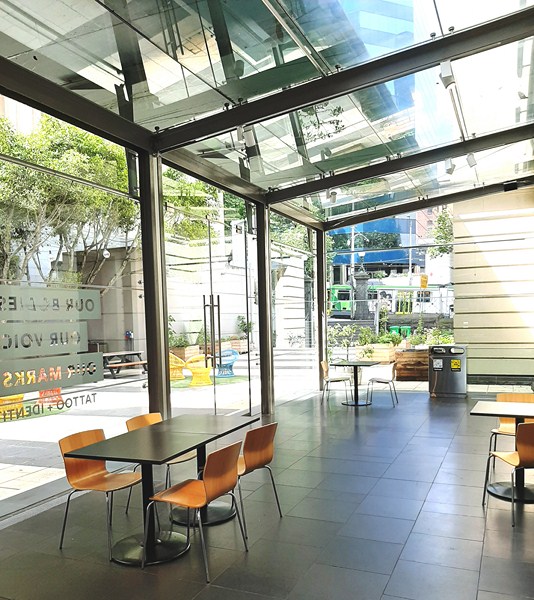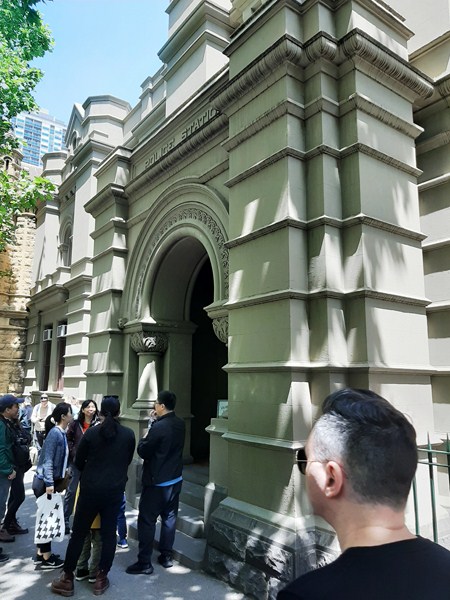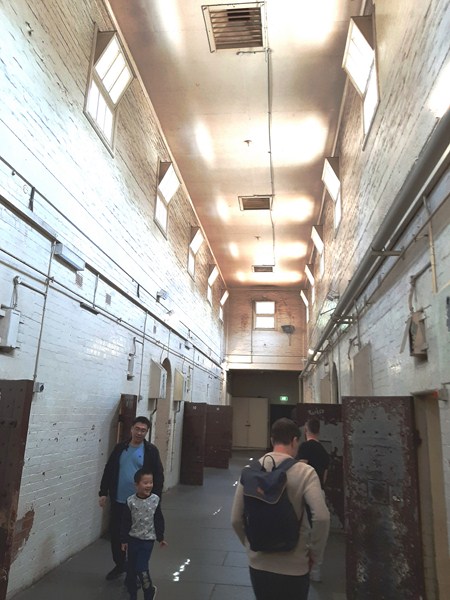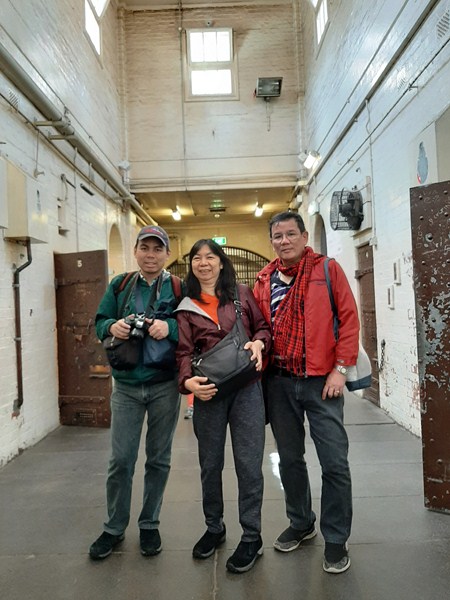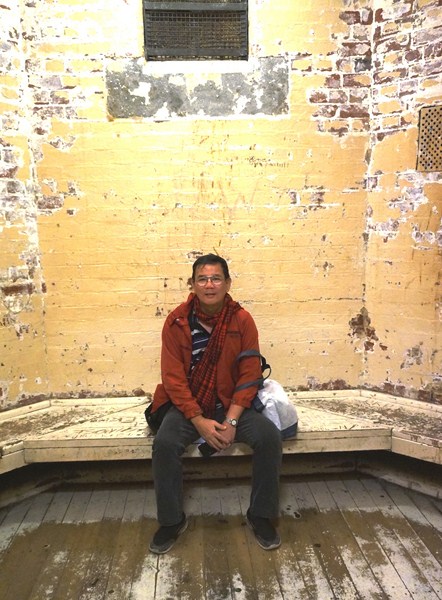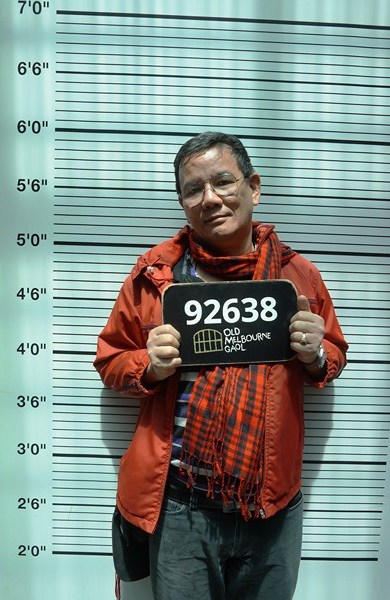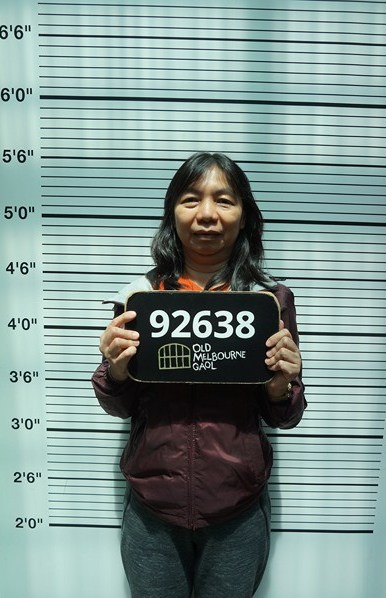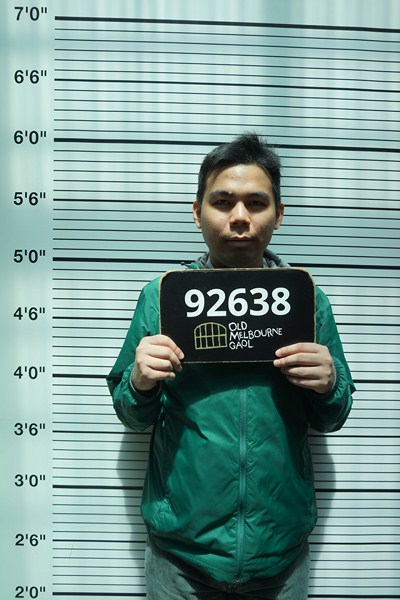After covering the opening of the Kain Na! Food and Travel Festival and checking into and freshening up at Seda Centrio Hotel, we met up with tourism officer Ezra Glinogo at the hotel lobby. Instead of continuing with our coverage of the food festival, we were instead treated to a visit to the Dahilayan Adventure Park in the town of Manolo Fortich in the adjoining province of Bukidnon.
Check out “Kain Na! Food and Travel Festival” and “Hotel and Inn Review: Seda Centrio Hotel“
The 57.3 km. drive, along the Sayre Highway, took 1.5 hours and, at the Manolo Fortich boundary, quarantine staff there stopped our vehicle and requested all of us to step down and step on foot baths to protect Bukidnon from foot and mouth diseases.
Moving on, we enjoyed the breathtaking countryside and mountain views along the way and, before reaching the park, we passed by Camp Phillips where the massive, 23,000-hectare pineapple plantation of Del Monte, one of the biggest in the world, is located.
After passing through lush greenery and breathtaking views, we arrived at Dahilayan Adventure Park, nestled at the foot of Mount Kitanglad, by 4:10 PM. Its cool and invigorating climate reminded me of Baguio or Tagaytay.
 Since its opening in September 2009, Dahilayan is famous for its Zipzone, two dual ziplines, with a drop of 100 m., which are said to be the longest in Asia at 840 m. long.
Since its opening in September 2009, Dahilayan is famous for its Zipzone, two dual ziplines, with a drop of 100 m., which are said to be the longest in Asia at 840 m. long.
Guaranteed safe and fun for every age, Zipzone has been visited to over a thousand enthusiasts and has become the ultimate adventure destination for young and old alike, including a courageous 2 year old and a 77 year old grandfather. It was an opportunity too good to miss, and Kristian, Marco, Paolo and I were excited to try it out.
First, the staff suited all four of us with helmets, harness and other safety gears. Once suited up, we all boarded a 4WD Safari vehicle for the short drive to the launch tower 4,500 ft. above sea level. Marco and Paolo were the first to try followed by Kristian and me.
We were strapped in a face-down position, Superman-style and, upon taking off, zoomed through the lush rainforest canopy at 60 to 80 kms./hour.
Midway through my flight, it had already started to rain and I was already soaked when we landed safely at a platform deck using a special arresting gear system. Still, we got the thrill of our life from this scream inducing ride.
We were also slated to try out the Skytower Base Jump ride, the highest parajump in the Philippines, but the persistent rain prevented us doing so.
From an 8-storey platform on a cell site tower, riders first experience a split second free fall, followed by a gradual descent and ending in a soft landing, all in less than 10 seconds.
Dahilayan Adventure Park: Brgy. Dahilayan, Manolo Fortich, Bukidnon. Tel: (088) 309-4708. Mobile numbers: (0922) 880-1319 and (0917) 715-4399. E-mail: zipzoneinq@yahoo.com. Website: www.dahilayanadventurepark.com.
Zipzone Booking Office: Parasat Centrio Ayala Mall, 3rd Floor Building (in front of Centrio Cinema), CM Recto Highway, Cagayan de Oro City. Open daily, 11 AM to 8 PM.


